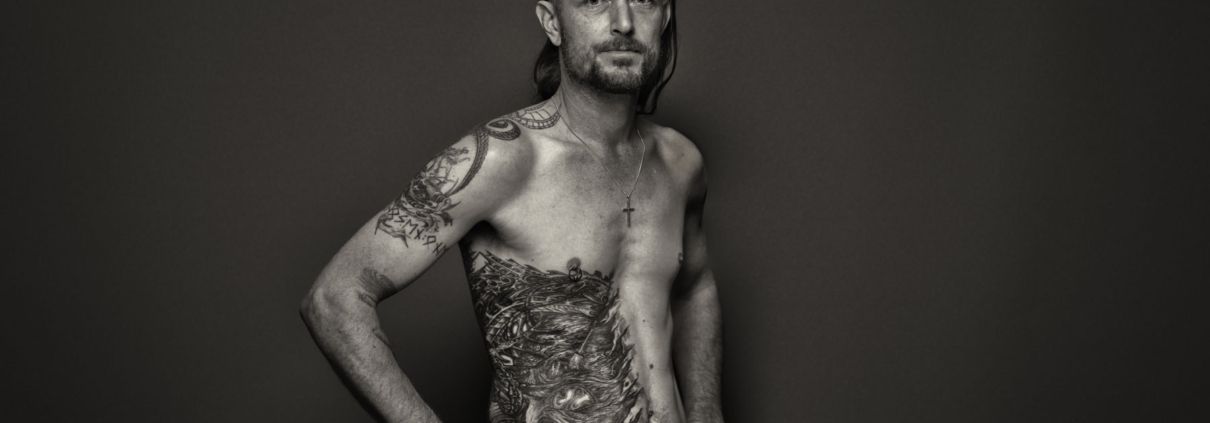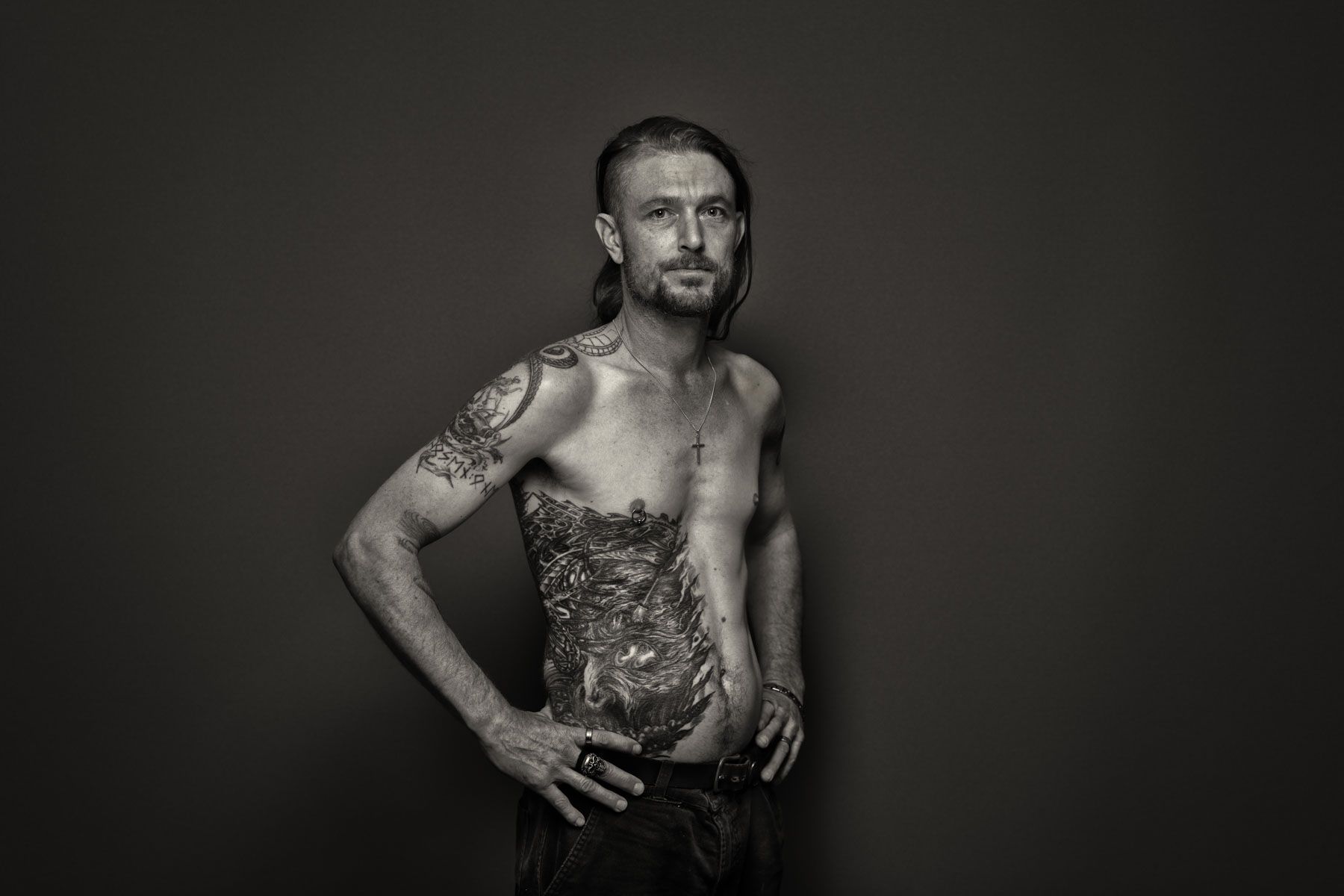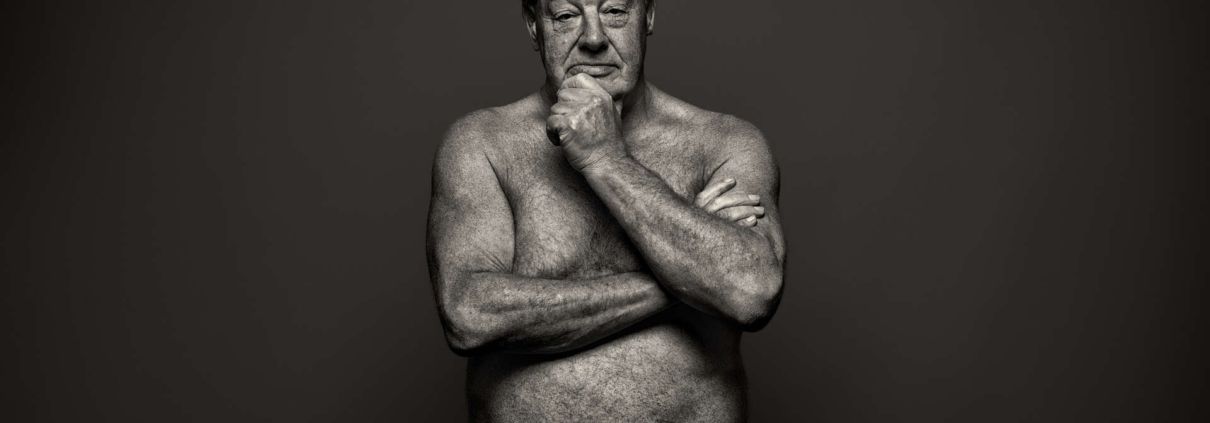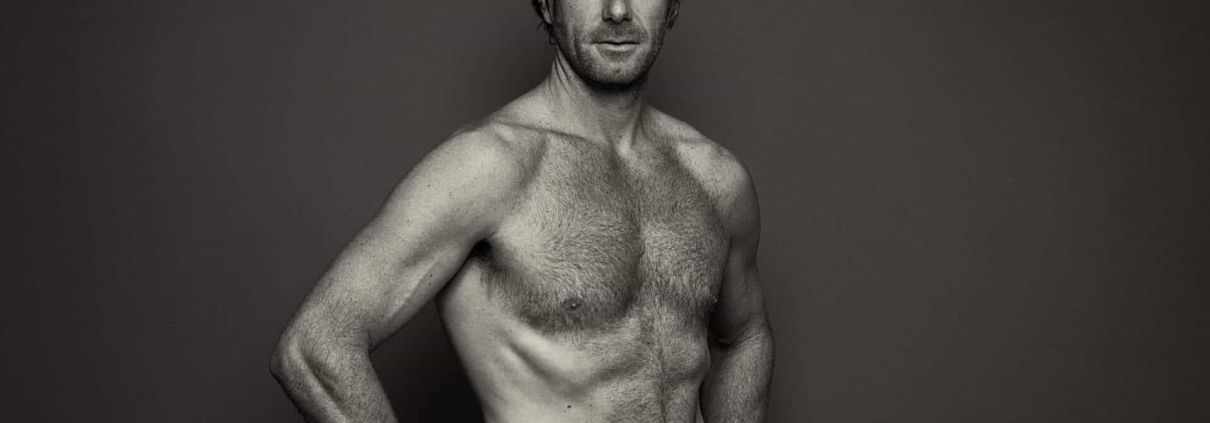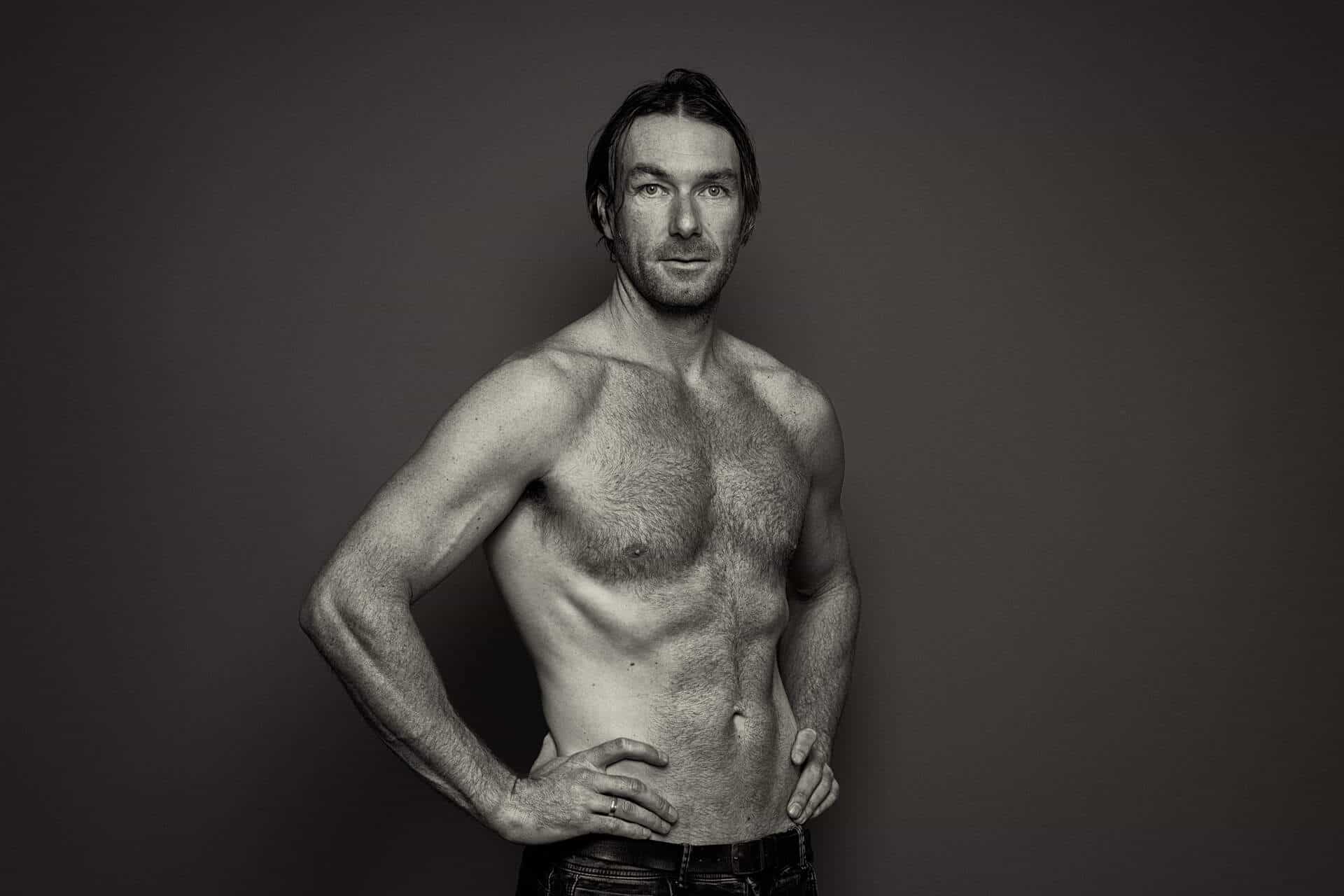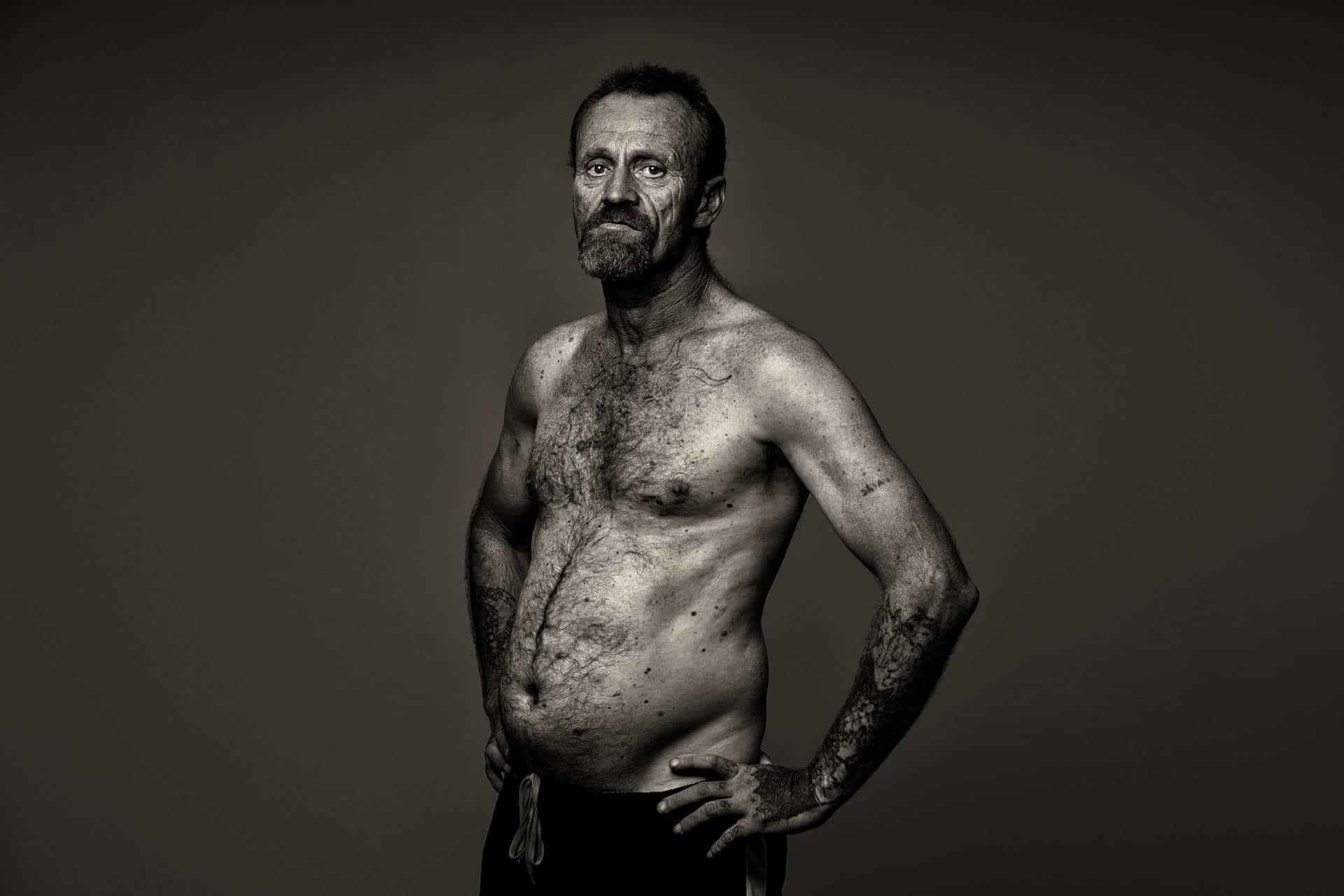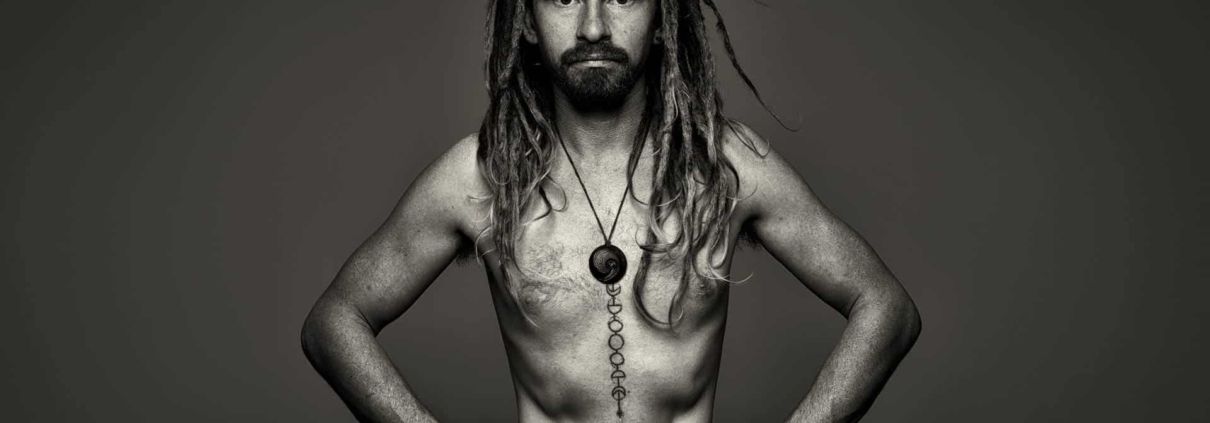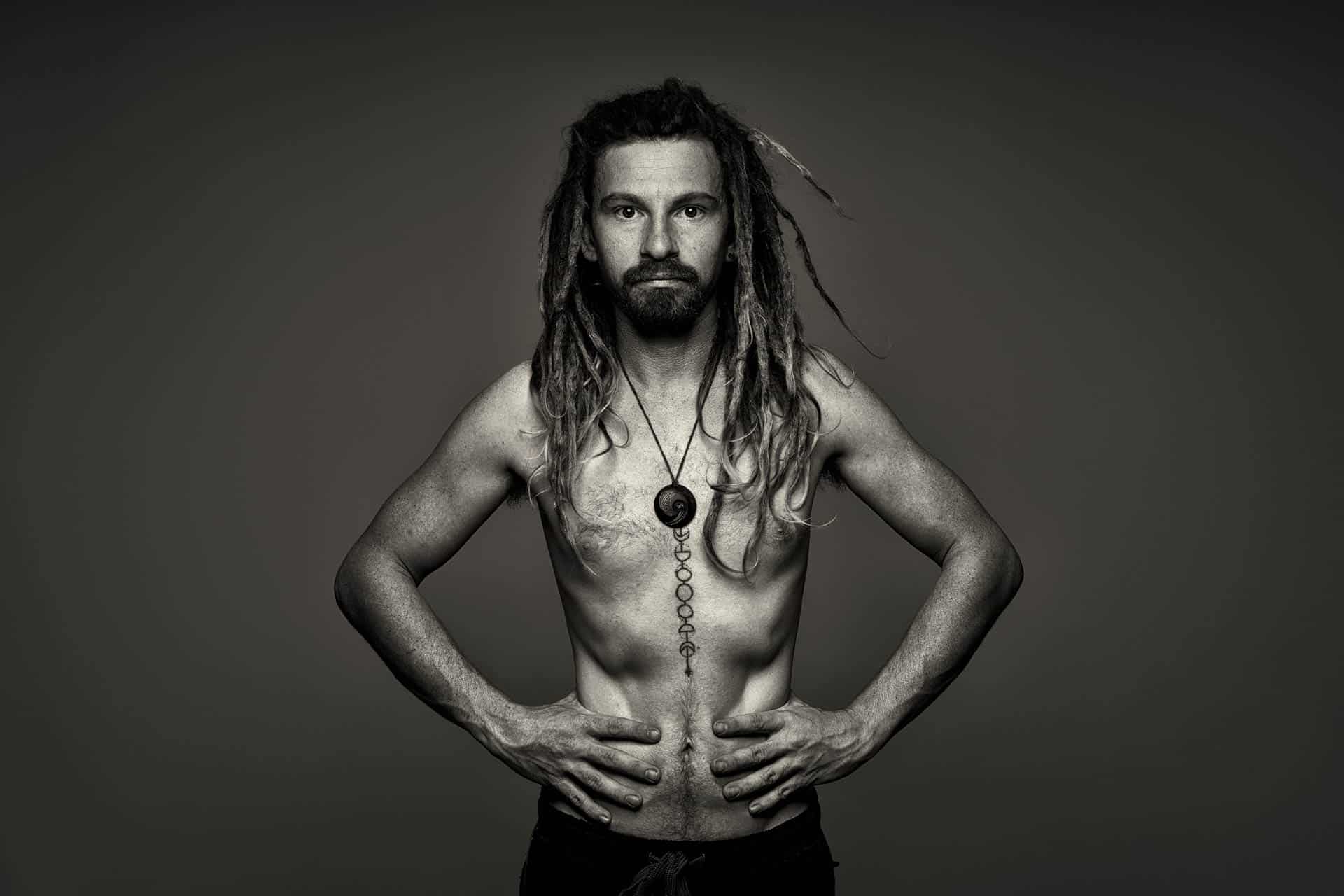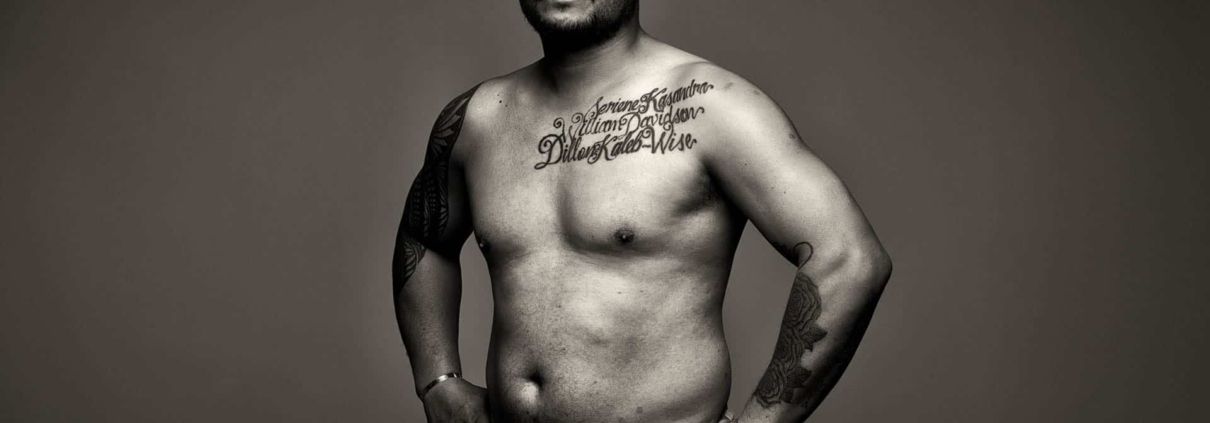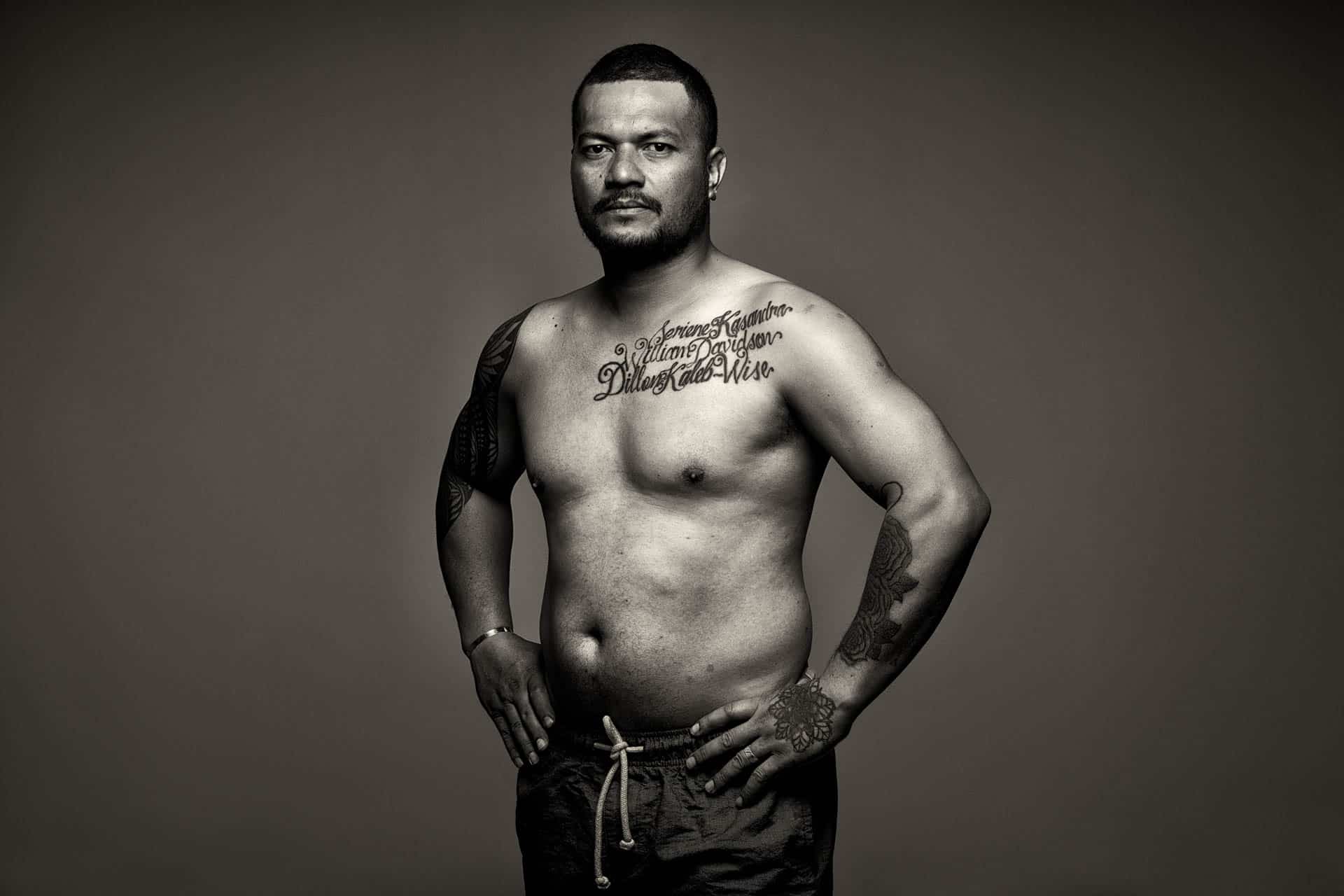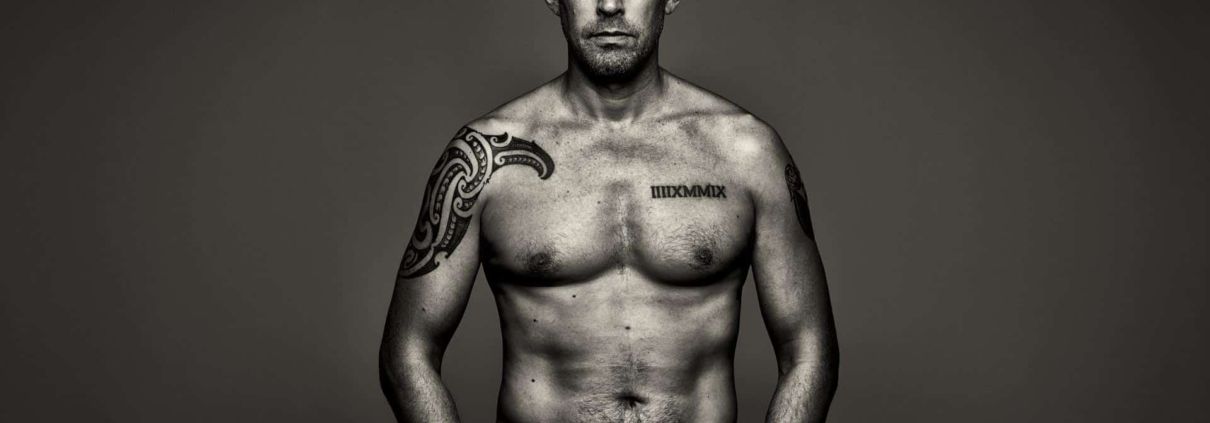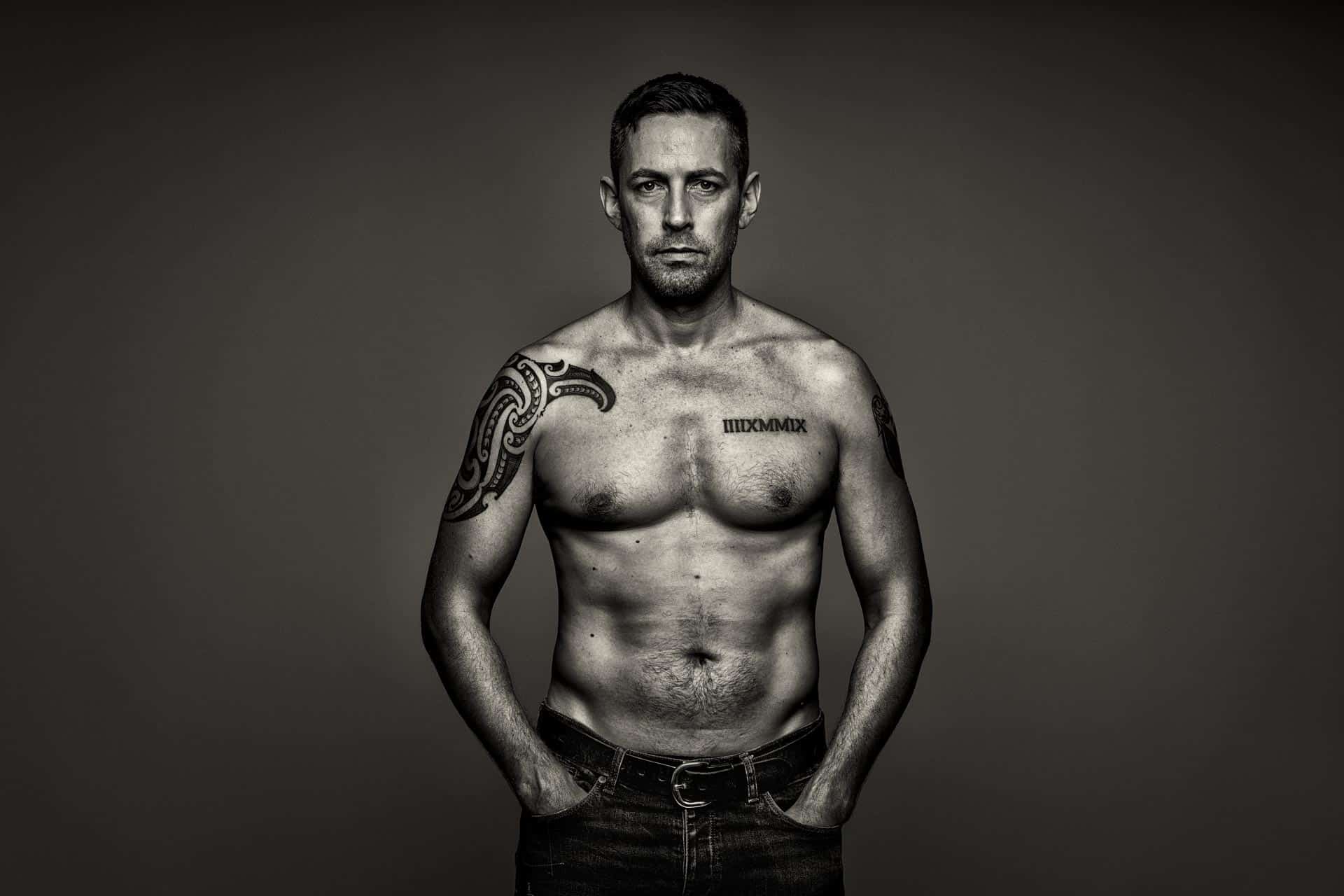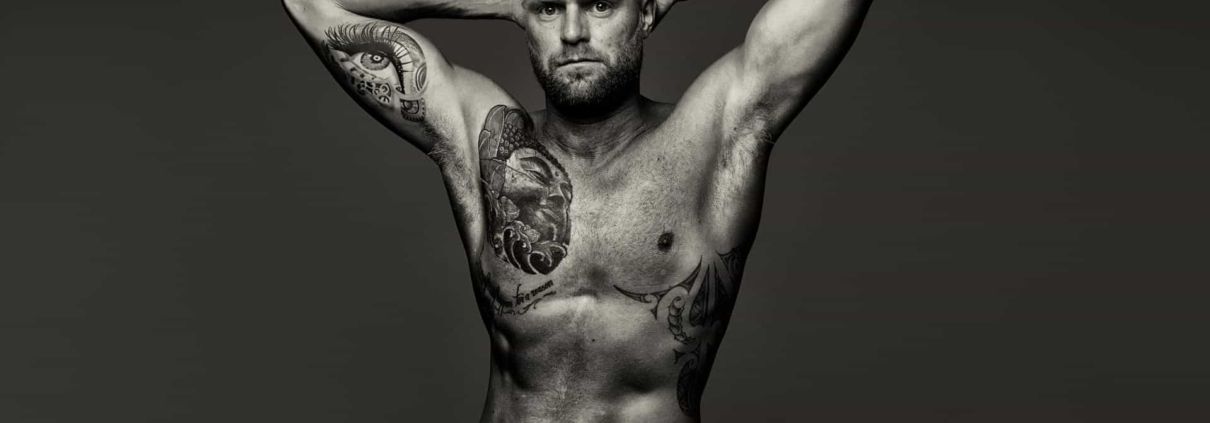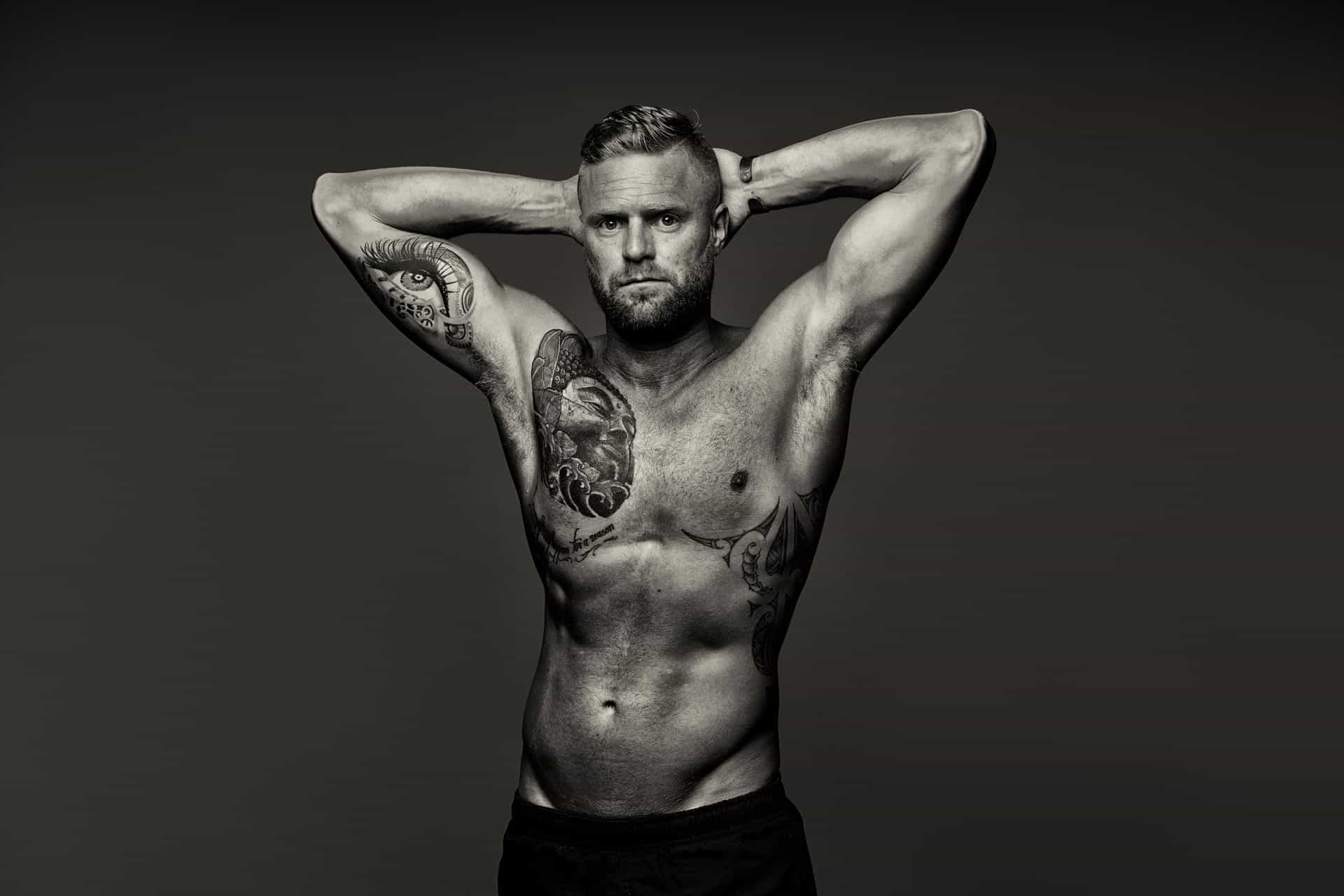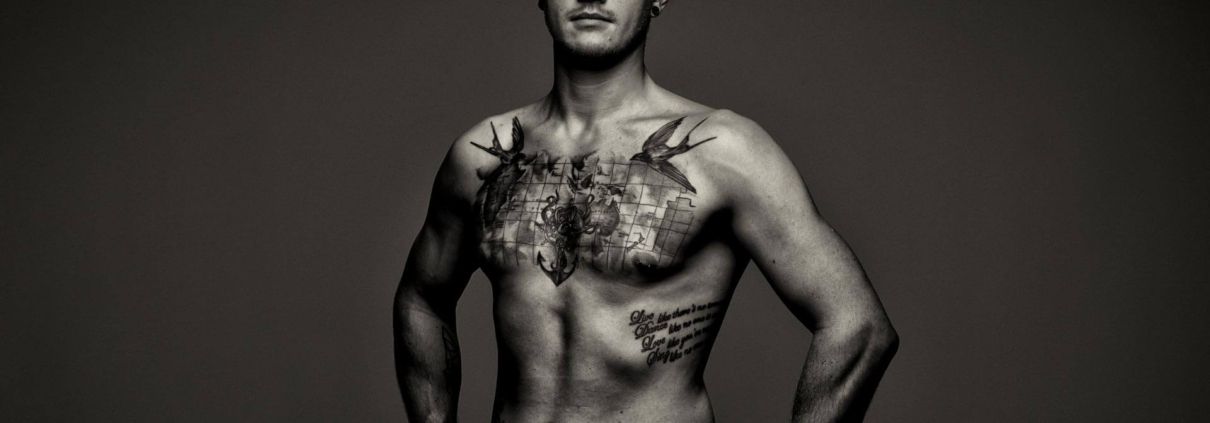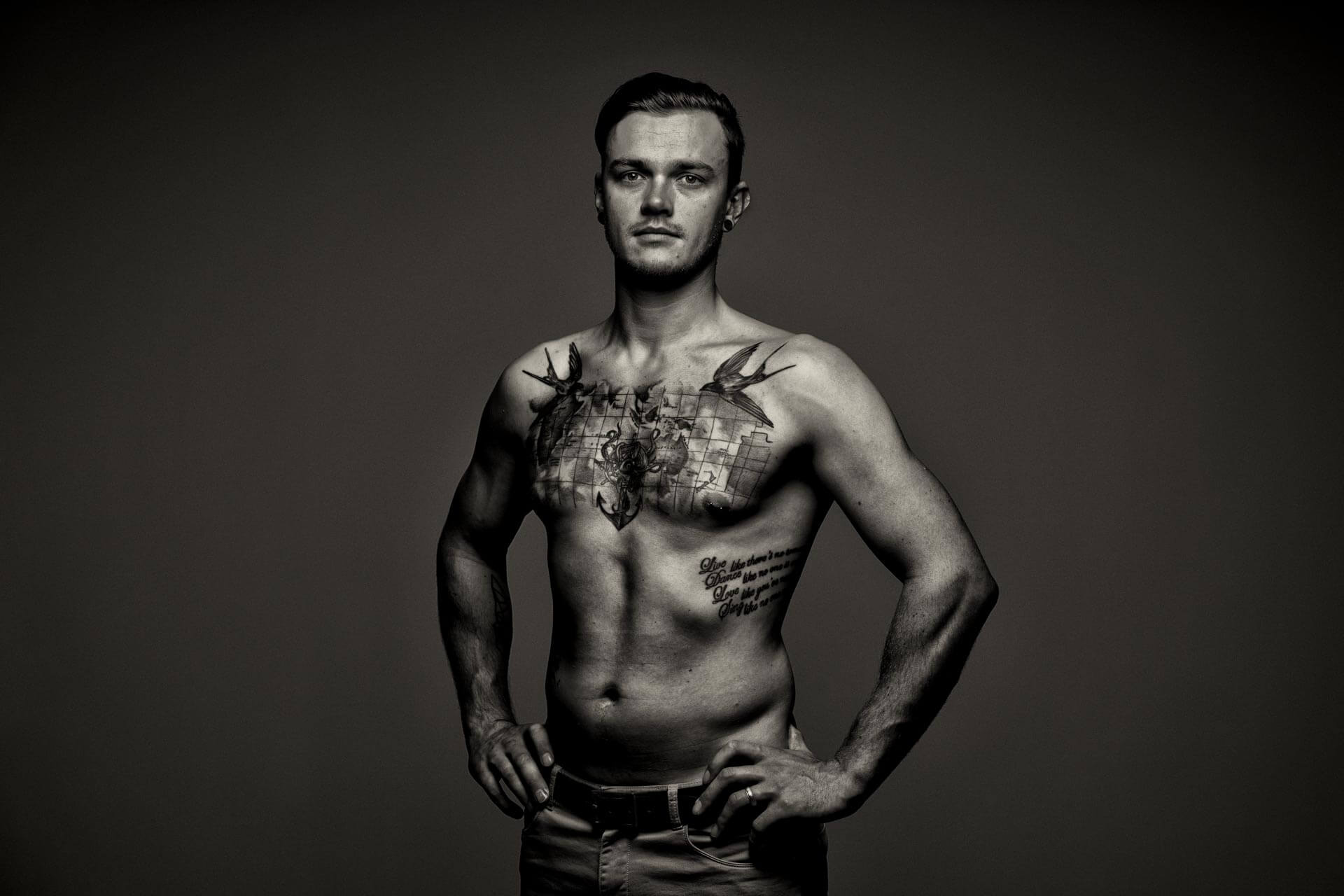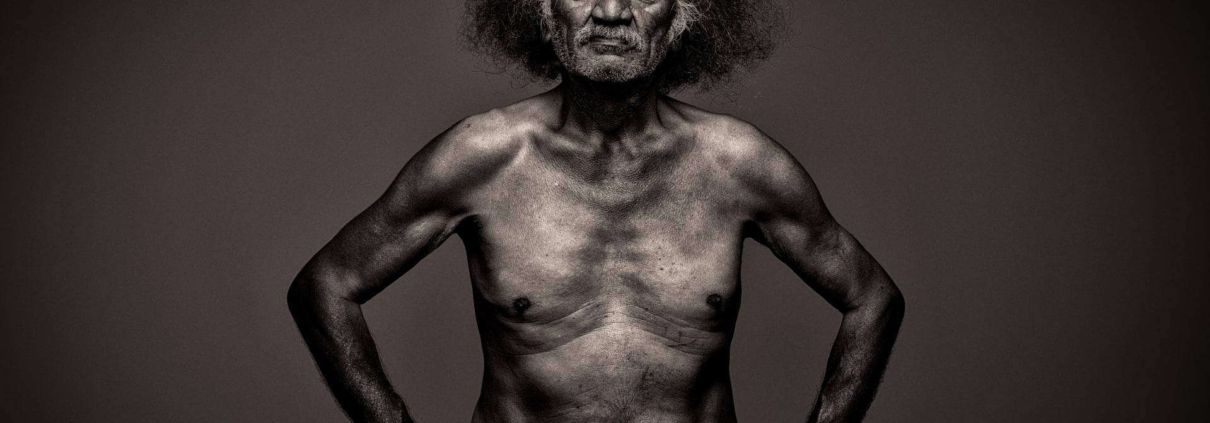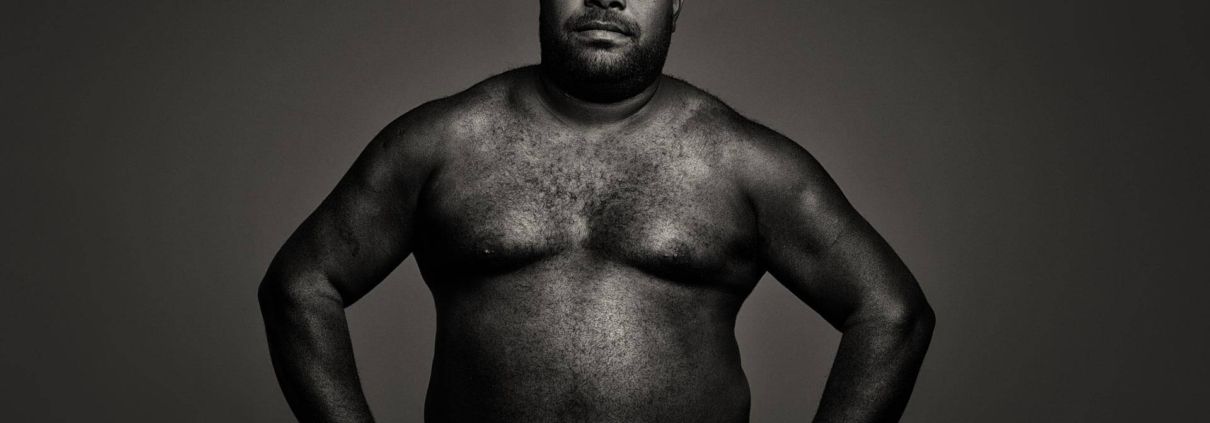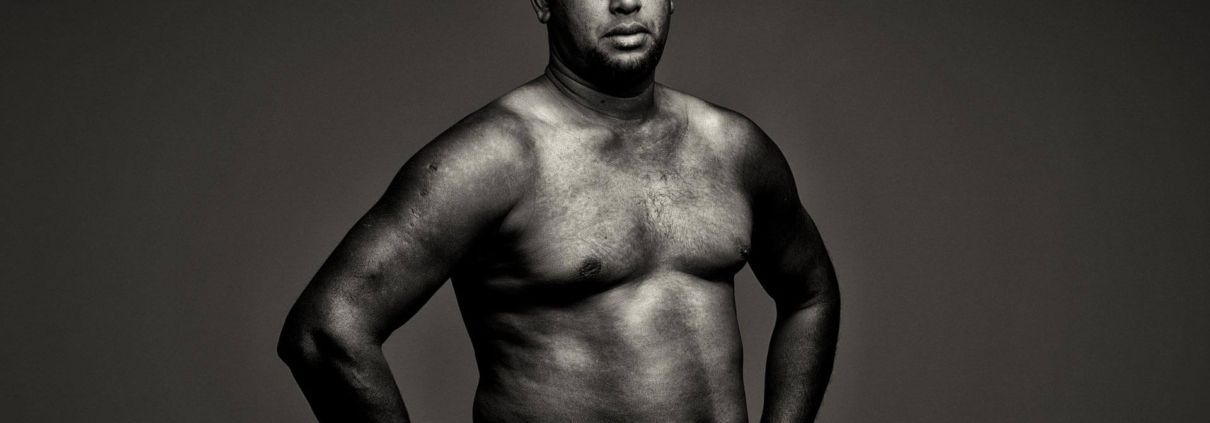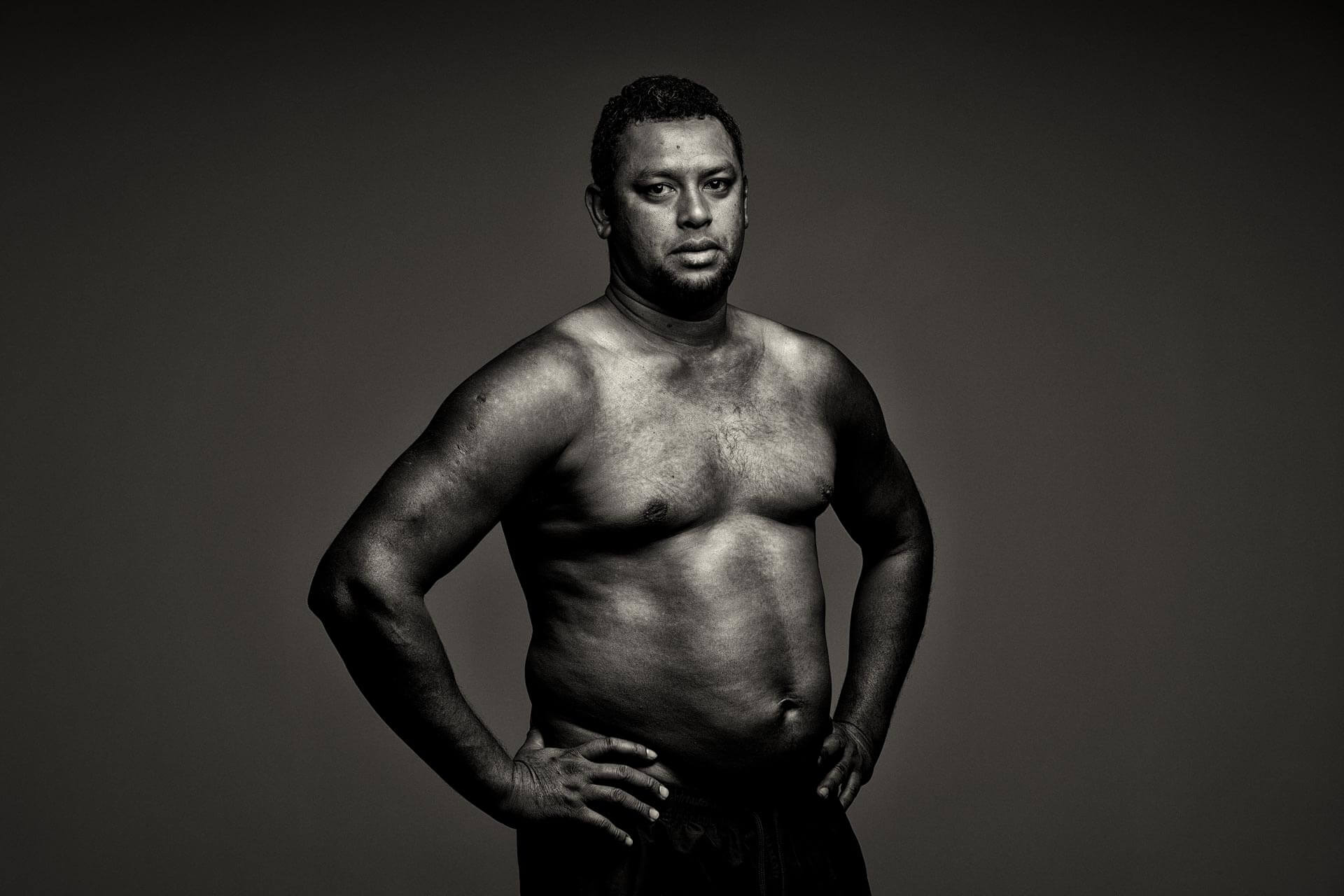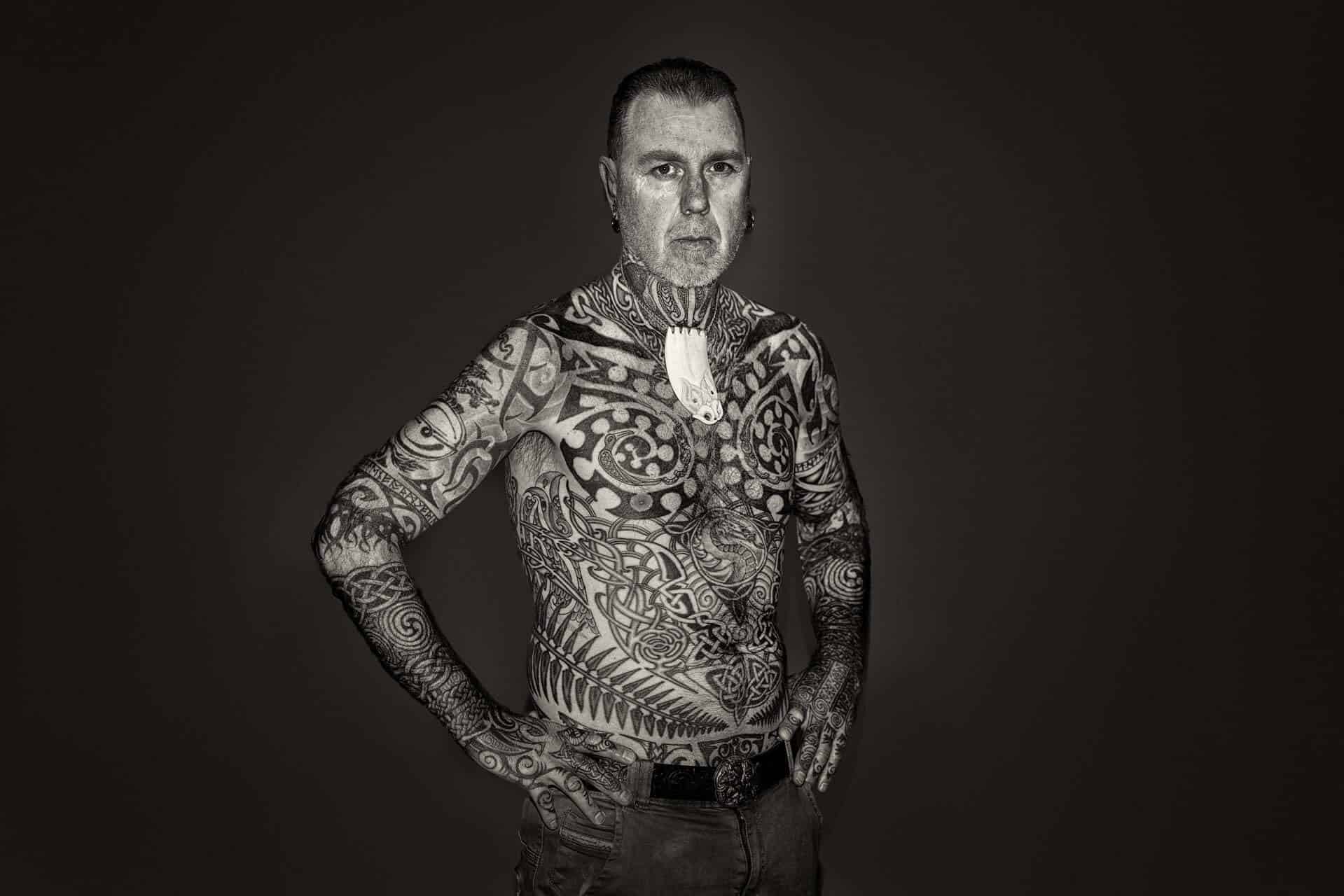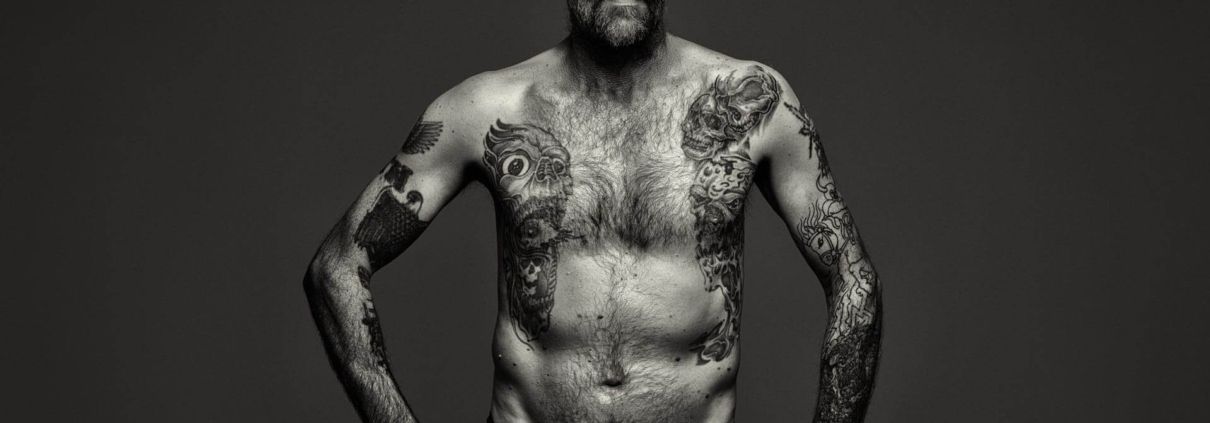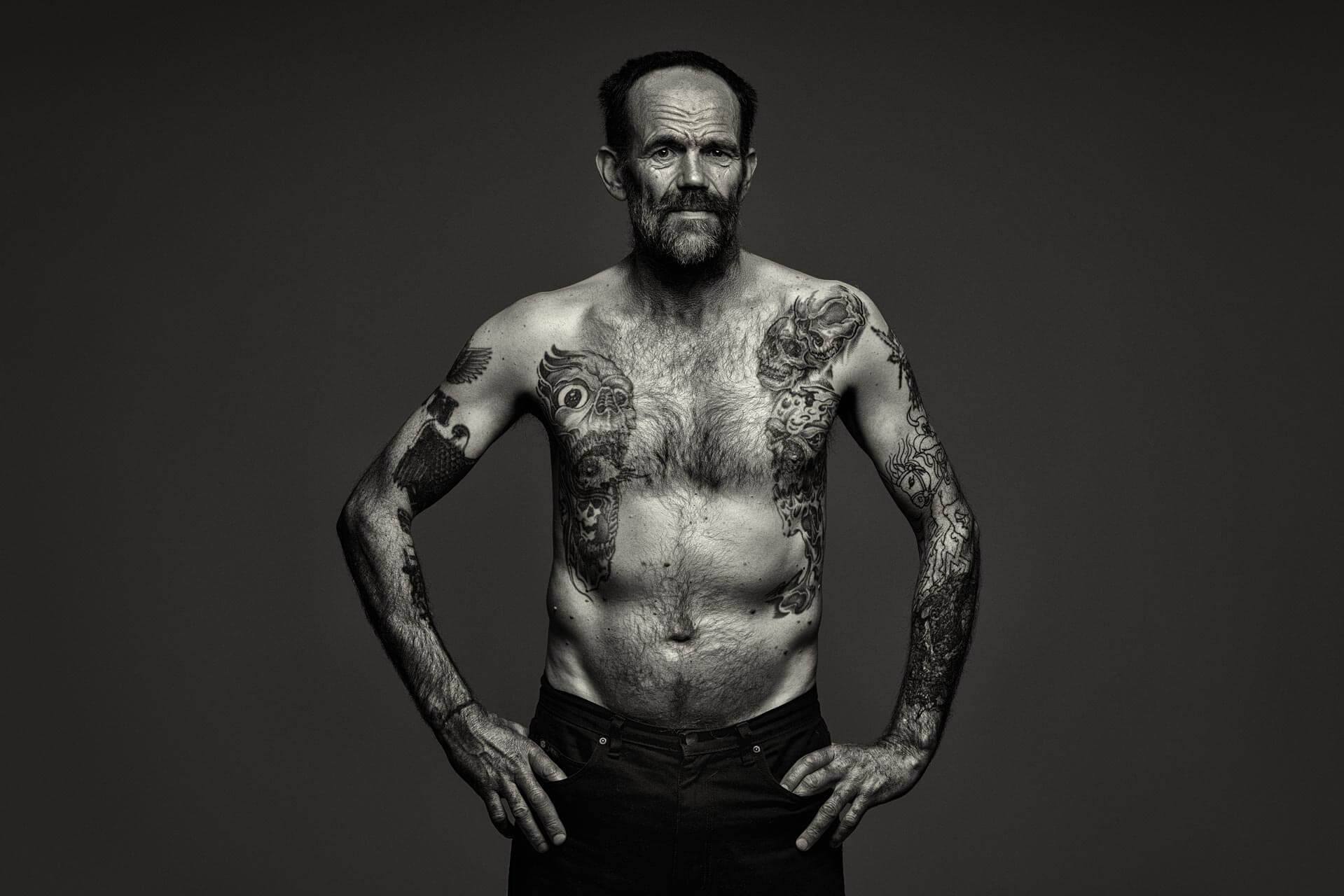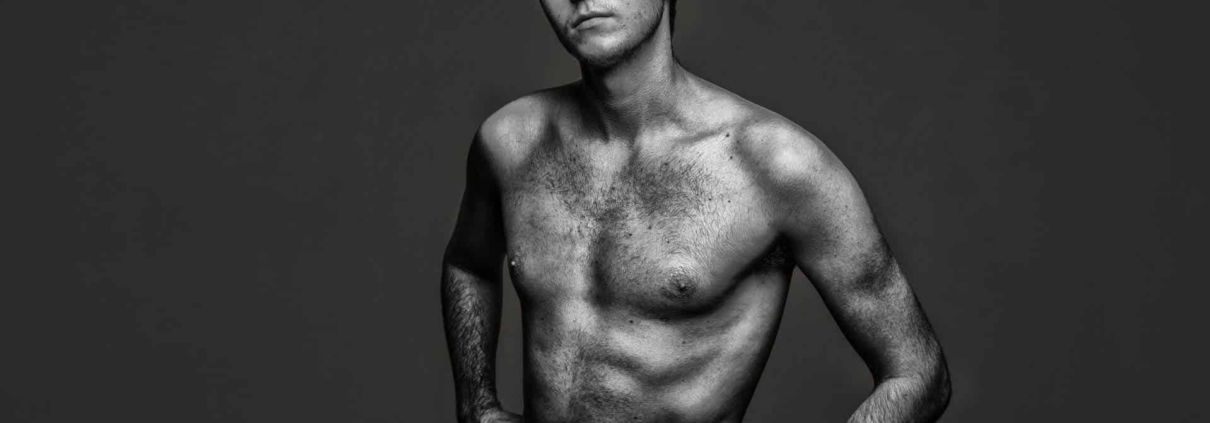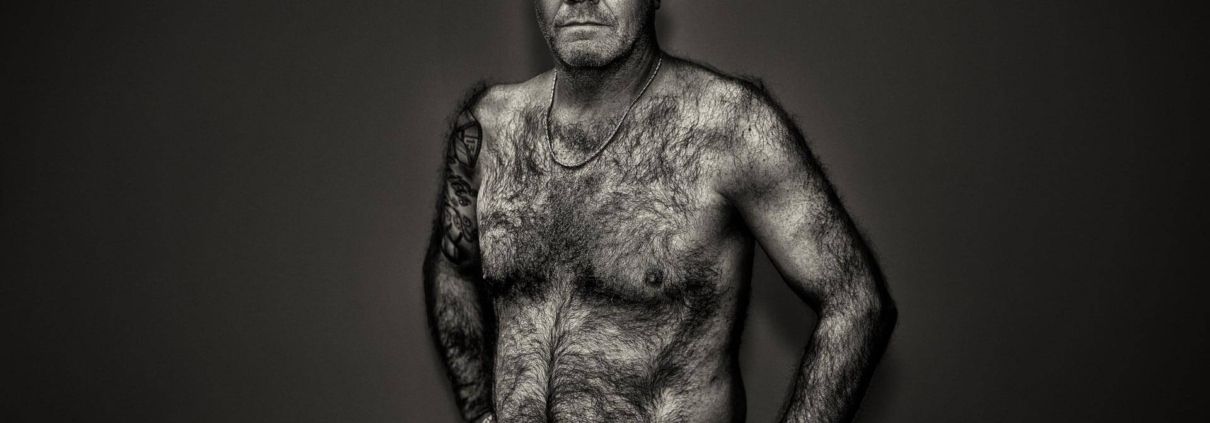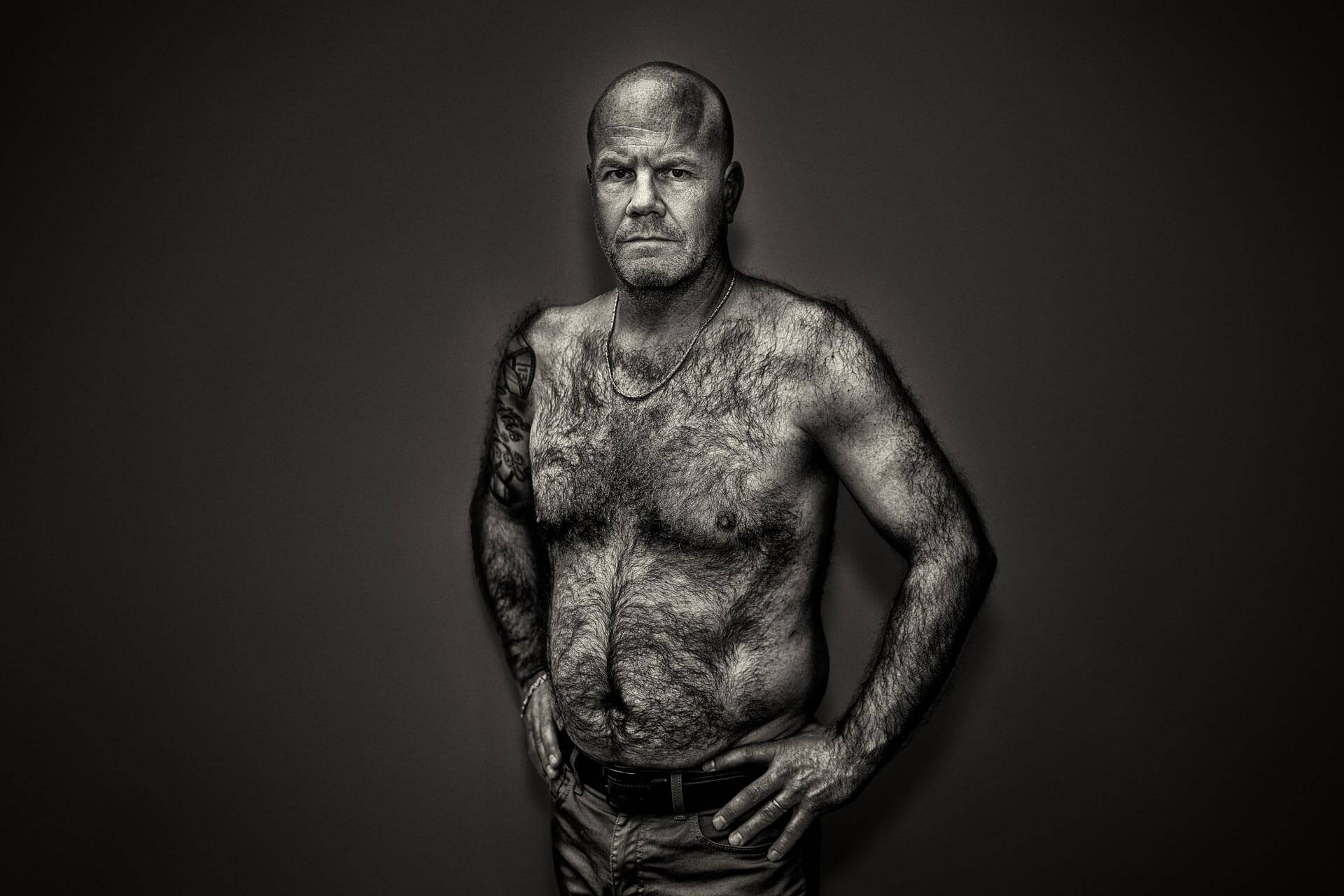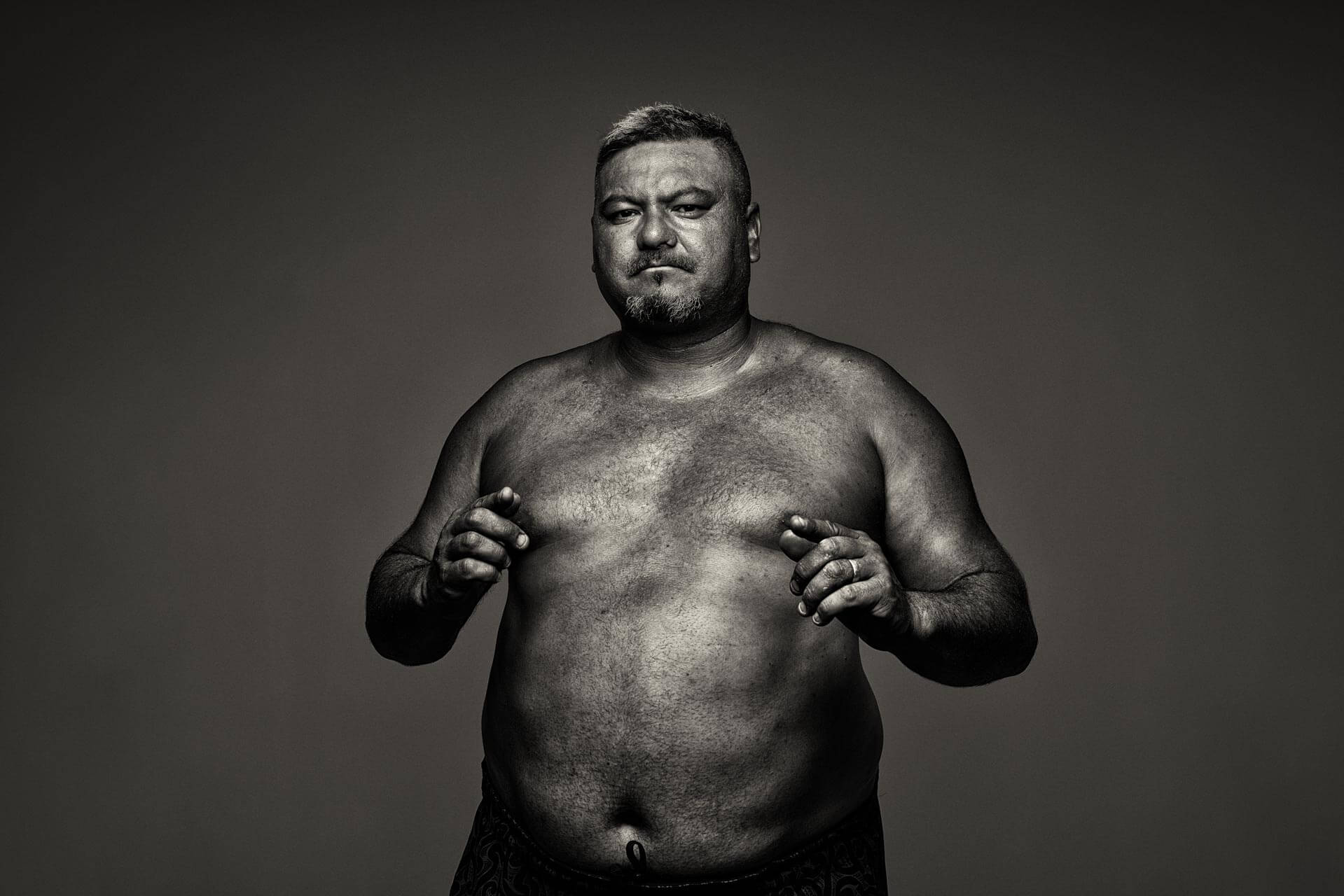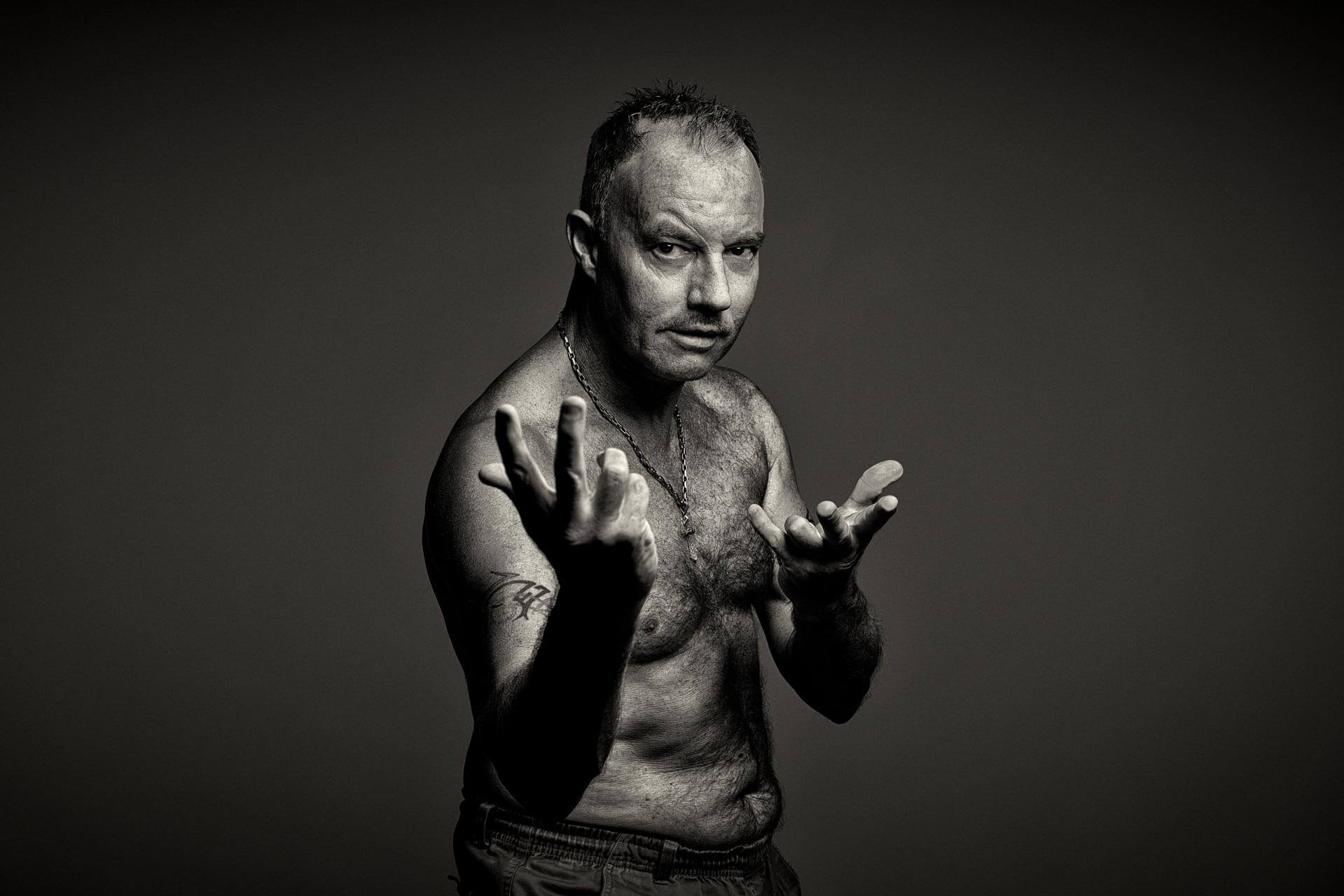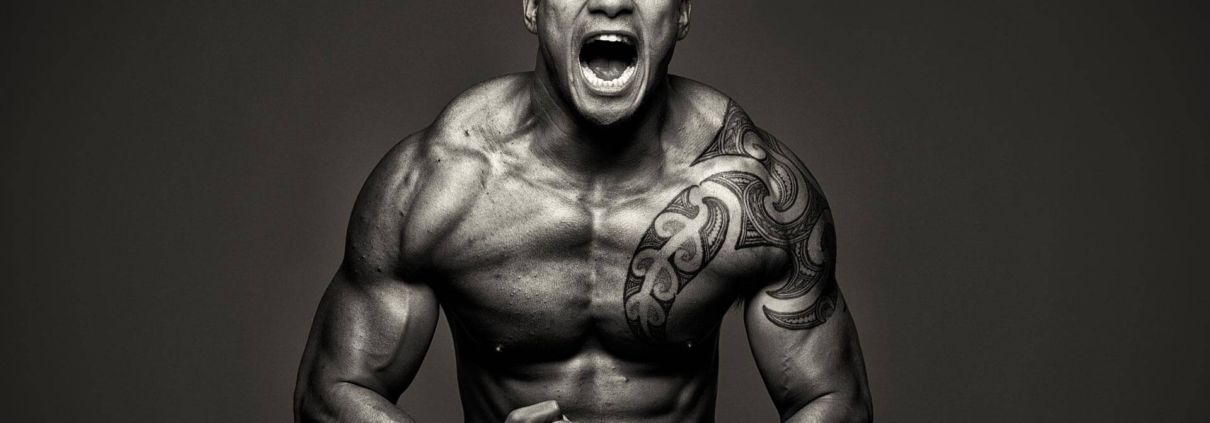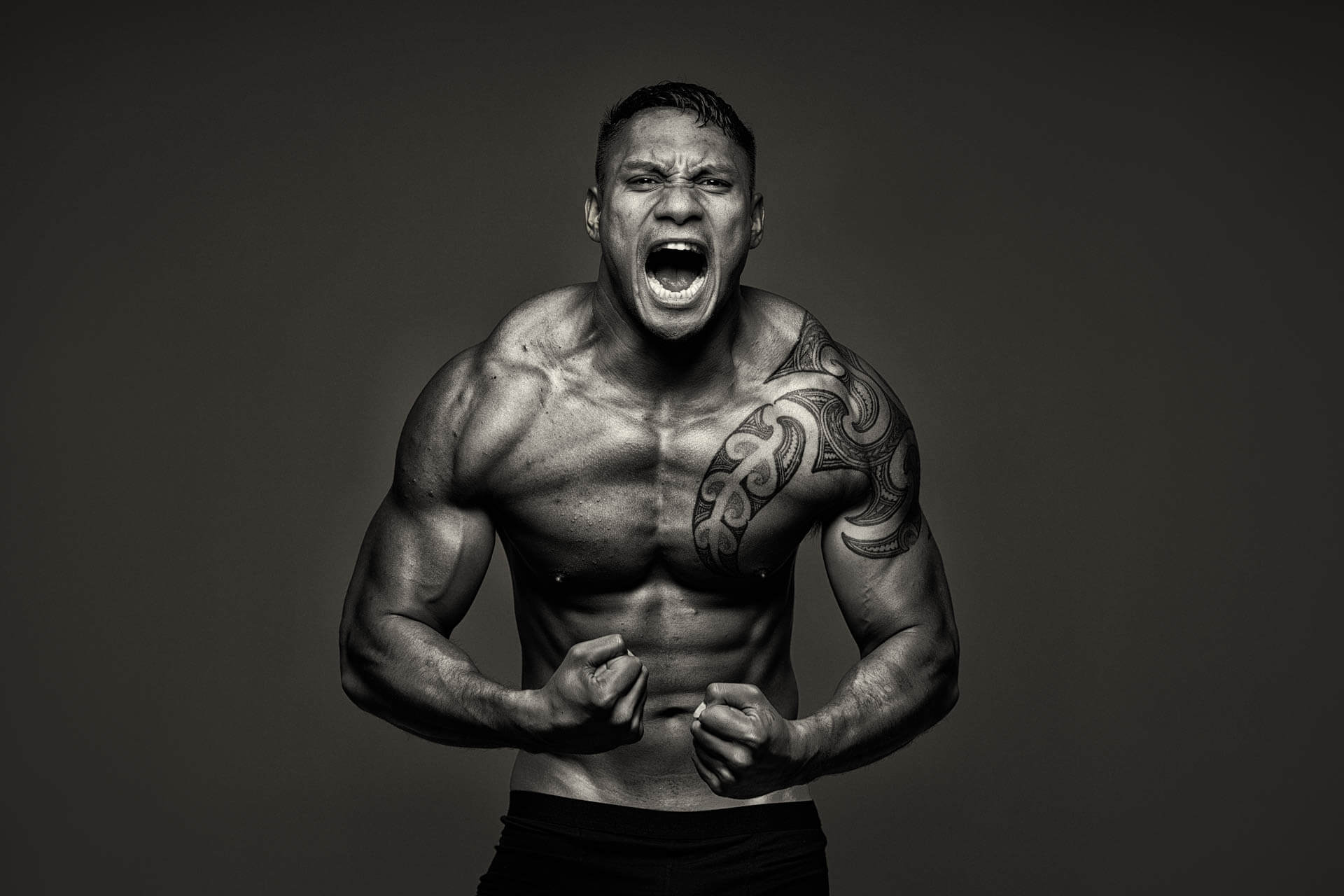Tag Archive for: Bare Truth
Nick
My name is Nick and like every other person on Mother Earth, I fell into life totally unprepared for what my life might eventually become. My regrets (I’m sure like many others) I share a few, but the blessings I’ve received over following years have been many. While I could describe myself in many ways, maybe the most accurate would be that of an Adventurer. As I left school for the last time with the words of teachers ringing in my ears informing me that if I didn’t go on to university, I would ‘never amount to anything’..! Yet here I am after 30 years of traveling around the world (primarily on my own by choice), starting and running my own businesses, I realise now that the University of Life has enriched me as an individual, so very much more than any formal qualification could ever have.
Contrary to what we are all taught in school, ‘Life’ and what you make of it, and who we become, is determined by those experiences that we expose ourselves to. And what we eventually become determines what we are all eventually able to give back to the world, and particularly those around us.
As someone that had a passion for the ocean and riding waves from my earliest years, I still enter the ocean virtually every day regardless of the season or temperature. I embrace floating silently on my back alone for the sheer sense of peace and joy that it gives me. I can only imagine that is largely because we are all 60% made of water, and that being in the water is the closest I have come to that wonderful sense of ‘going home’.
My life’s ‘career experiences’ have included working in construction and property development in New Zealand and Papua New Guinea, 8 years as a commercial fisherman on the Abrolhos Islands and 2 years as a full time gold prospector in Western Australia, being selected to appear one of the first Reality TV programs and starting a computer software import/export and distribution business at a time in the UK when I could barely use a computer, painting houses in Sweden during winters where each day only provided 2 – 3 hours of sunlight, time in the Canary Islands as a property consultant, and eventually back on the Gold Coast in Australia owning a 5 office Real Estate business taking Australian properties to sell in Japan. Today I own an online education business that I started nearly 10 years ago which makes a significant contribution particularly to young people with Special Educational Needs. In each of these involvements I never underwent any formal training, or had any qualification other than having a willingness and desire to ‘learn on my feet’. And if I can do this, so can anyone else; the only secret is “wanting it enough”.
If I had to highlight my single greatest achievement, it would be still being married after 25 years and fathering my wonderful children, and it is this that has been the most memorable and meaningful experience of all. In a time when the concept of ‘marriage’ appears to be less appealing for some, it has been and continues to provide as many joys as it does challenges.
Apart from my love for the ocean, I have a passion for expressing myself through music and the words I write. I play a couple of instruments and have a passion for creating Melody. Music remains the single most powerful form of communication with just a small handful of different notes having the ability to bring tears to another person’s eyes.
Through everything else, the single most important thing I would share is that we all have the ability to improve the world; just one person at a time, AND by being prepared to lead from the front.
Chris
It feels like so long since you went away. We said we would do this together. Why did you have to leave?
I don’t feel strong enough to do this alone. I hide from it. I mask it. I wear a costume to be someone else. Someone happy. Like if no one can see the sadness then maybe I won’t feel it. But it stays. Someone said you must have been needed somewhere else. But who could need you more than we do.
She wants to know why you had to leave. I don’t know what to say. She wants to know when you’re coming home. I don’t have the words. She wants me to brush her hair the way you do. She wants me to do plaits but I don’t know how. She cuddles your teddy bear every night. We both do. She draws pictures of you. Pictures of our little family. We put them on the fridge and it breaks my heart. Why did you have to leave?
———
It feels like so long since you went away. It’s been almost twenty years. I was angry then. It was never your fault. If you hadn’t left I wouldn’t have this strength. I wouldn’t be this man that I am. I am the lucky one. I don’t hide anymore. I’m not afraid of being hurt anymore. I’m not afraid to love wholeheartedly.
She’s no longer our little girl. She grew up so fast. I wish you could see her. She’s the most beautiful woman. A loving big sister. She reminds me of you. She has your smile. Your laugh. She’s not much older than you were when you left. You would be so proud of her.
I still remember the day you left. I sat in the chair beside your bed and stroked your head. I told you I loved you but you had already gone. I’m sorry you had to go. I’m so happy our paths crossed. Our time seems so short but I will always be grateful for you. I love you.
Chris
Lance Betterton
No interest in school. Wanted to be bad. Ran away from home, lying and stealing. A glue sniffer. In and out of jail. On the drugs and on the piss. Escaped from prison. Run with a gang. Fighting for the sake of fighting. Tattoos on my face. Over dosed on drugs. All this pretty much sums up my first 30 years on this planet. I thought this is me for the rest of my life. What a hopeless case!
Then someone believed in me and gave me a second chance. I never looked back. Been on the straight and narrow for 23 years now. Proof that it can be done.
William Maealiuaki Tu’ihalafatai Taufa
Mike Watson
My story is full on, but it’s a journey which has made me stronger and got me to where I am today.
It began with my move up north to live with my then girlfriend. What I thought was going to be a mutual partnership turned out to be an expectation to become an instant dad overnight which at the age of 30 I wasn’t ready for. I was suddenly paying $500 p/wk in rent, working all day to bring home the paycheck, cooking and cleaning, making dinner – doing the works without any reciprocation. While I don’t mind contributing in a relationship, these expectations were too much for me, especially as I was recovering from stomach cancer at the time. The relationship deteriorated, resulting in me being kicked out overnight, causing me to live in my truck for a week without food or money.
I took a job that paid me 50% less than normal. It was disheartening, but I had to survive. This job also meant working 40hrs a week, but only getting paid enough to cover rent and buy five pies a week to keep me fed. This was during lockdown, so I ended up moving 4 times over this period in a state of alert.
The day before my birthday, after driving from Mangawhai to the Mount to collect some belongings, I crashed my Ute after doing a 9hr day on the building site and 4 hours of driving. Along with the exhaustion, alcohol was a factor. I made a poor choice, but at the time, all I could think of was driving home or paying for a taxi and going hungry for a week. I chose to ensure I was still fed so I had the energy to work and get back on my feet. It was the wrong choice. When I crashed my truck, I died and had an out of body experience. I flew around my truck looking at my body as it hung over the steering wheel for 3 minutes. That’s a moment I’ll never forget.
As a result of the crash, I lost my license, my transport, my tools and my job (around $70K worth) and went hungry for another two weeks. To add to the stress, I had $1000 worth of bills to find a way to cover, with no way of working to help ease the burden.
I knew my life couldn’t continue on this trajectory. I needed to make some positive changes. I made a choice. I decided in addition to focusing on my building business, I also needed to focus on my health, both mentally and physically. I had gone through a lot, including working 18-hour days for the last year without any help of support from anyone, knowing I was very lucky to be alive.
I also needed a more permanent place to live. I don’t know if it was the negativity energy that was hanging around me at that time but I couldn’t seem to find a place to be settled. I kept moving into places that didn’t last and having to move out again. The repetitive cycle of sleeping in my car, going hungry and living paycheck to paycheck continued.
While this was happening, my business was taking off. I had 6 staff and 3 jobs on the go. But running a business while living in your car which was parked outside your gym, is not sustainable. I started expanding my business with the hope to sell cabins to pay for a place to live, food on the table and a new truck. My hard work paid off and I successfully expanded my business, my health improved, and I found a new place to live (I move in next week). I don’t know what the future holds, but I do know that I have lived a lifetime in the last few years. But I have also come out stronger. I have never stopped moving forward, and by refocusing my life, I have become someone that I am proud of today.
Lachland
Growing up with a father as a mariner, the sea has always been a big part of my life. Very early on I knew it would be an aspect of my career and I’ve now been working in the off shore industry for 10 years. This has a significant effect on my relationships with my family, friends and partner.
I have decorated my body with reminders of things that are important in my life, inclusive of shared tattoos with my siblings and friends, memoirs of pets and references to the journeys my job has taken me on. The swallows are significant in representing the distance I have traveled at sea and encouraging the safe return home, mirroring the swallows constant return to their home land.
The sacrifice of working away is not for everyone and the toll it can have on the body both mentally and physically is not for the faint hearted.
Real Men
Published in Talking Pictures
Interview by Alasdair Foster
November 7 2020
Men act, and women appear.
John Berger
Introduction
In the traditional cultural stereotype, men are judged by their agency (what they can do to you or for you) and women by their appearance. Women are to be looked at; men do the looking. There are many more images of the female body in the history of Western art than there are male. And, where the male body does appear, it is strictly contextualised in one of three symbolic roles: hero, fool or martyr. The hero transcends the reality of the male body to become a symbol of dynamic triumph. The fool is mocked for his nakedness, removing him from serious consideration as a representative of his gender. The martyr – an especial favourite of the Christian religion – is naked and broken, but his defeat is temporary as the narrative promises he will later ascend to heaven to be eternally revered as a saint.
Real men are not like this. They are flesh and blood, diverse, and susceptible to the inevitabilities of illness and aging. Yet, as men, the way we feel about our bodies is often an uncomfortable contradiction between lived reality and the symbolic perfection reflected to us in advertising and in art.
The photographs of the New Zealand artist Ilan Wittenberg are very different from these impossibly idealised and ideologically loaded images of masculinity. His extensive catalogue of men living in and around Auckland captures each in all the complexity of frailty and forbearance, uniqueness and imperfection, anxiety and the courage to overcome it. In English, when we speak of ‘real men’ we often mean the opposite; we mean individuals who appear to live up to the impossible aspirations of masculinity. But Ilan Wittenberg’s photographs truly do present real men; the unadorned reality of male faces and bodies in all their great variety. As the title of the series declares, this is literally and figuratively the ‘Bare Truth’.
Alasdair Foster
© Ilan Wittenberg from the series ‘Bare Truth’
Interview
This series of articles is looking at the work of photo-artists who have a different ‘way of seeing’. How would you describe your ‘way of seeing’?
It’s been said that photography is the easiest artistic medium in which to be competent, but the hardest medium in which to have a truly personal vision. It’s very much like talking: everyone can talk but few have something original to say. I have developed a clear style that allows me to tell a story in an imaginative and thought-provoking way. My aim is to create work with a strong ‘stylistic signature’ and a clear narrative sense. I wish to inspire people with images that are crisp and sharp; to evoke emotions and to demonstrate a personal creative vision.
Photography is a way of communicating without words. Unlike videography – which has duration, delivering a story through sound and motion – photography is still and present. It does not consume time, and consequently offers the viewer the possibility of interpreting an image differently each time it is viewed. As the famous American photographer Ansel Adams once said: “There are always two people in every picture: the photographer and the viewer.” In my work, there is a third, the subject, who is observed by each of the other two.
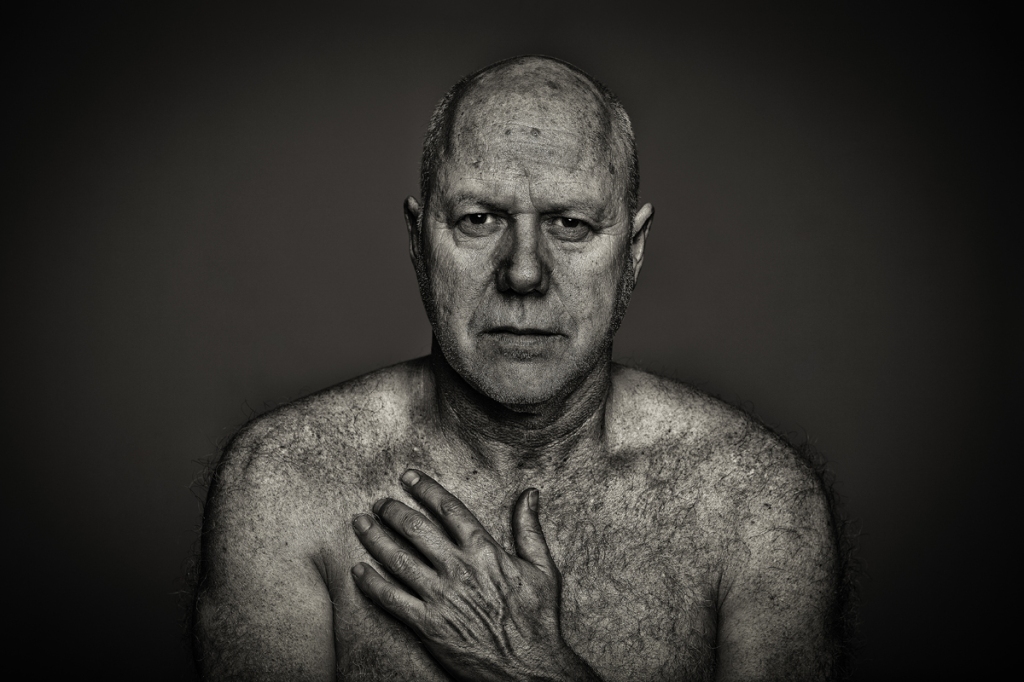
How did this series ‘Bare Truth’ begin?
I had been thinking about the idea of photographing men without the protection of their clothes, but I was unsure how to go about achieving it. I had mentioned it a number of times to one of my close friends, but he would always laugh at the idea. Then, one day, he was very busy packing to move permanently overseas. I offered to dispose of his rubbish after he left if he would give me thirty minutes in front of my camera. Somewhat reluctantly, he agreed to take off his shirt. As I was photographing, he raised his hand across his chest and looked straight into the camera. I could see the sadness in his eyes, his stress. Set against the simple background, his personality shone through. It was for me a moment of profound insight.
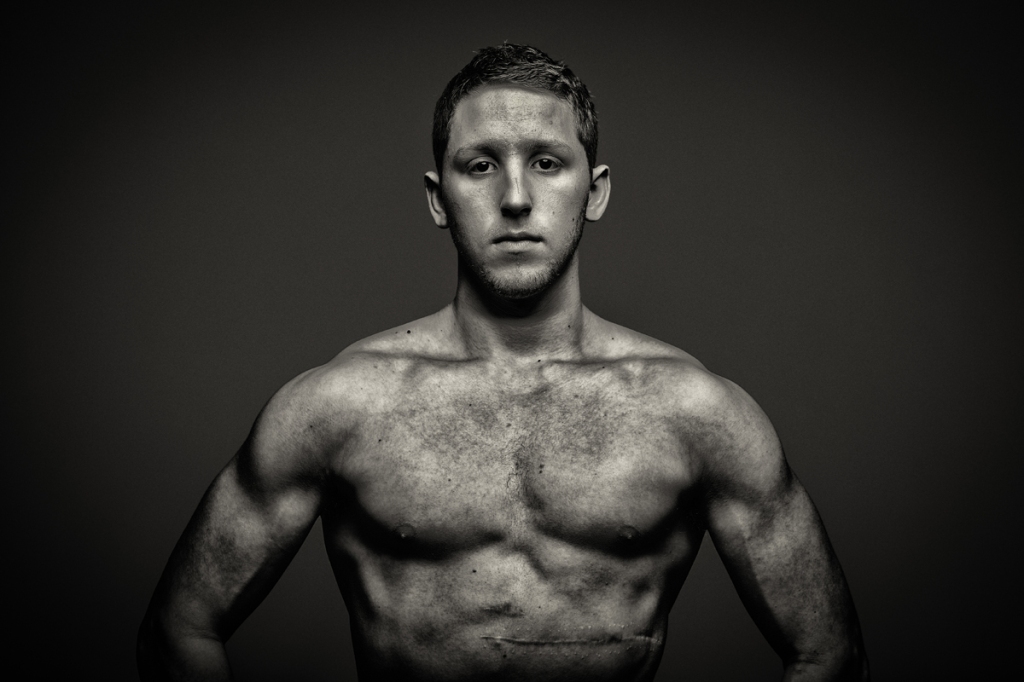
How did the project develop from there?
I asked my son to pose for me. He was just recovering from an operation, so the scar was showing fresh on his torso.
After that, I approached some of my close friends and tradesmen who were working on jobs around the house. Later, I invited men that I met at the local Sunday market. I began to realise that this had the potential to become a significant body of work; one that would become stronger the bigger and more diverse it became. I realised the power of these portraits and the potential they had to form a much larger series. The biggest challenge was finding men willing to pose shirtless in front of the camera.
How did you go about that?
The initial portraits helped me gain valuable experience and formalise a consistent and distinctive visual style. I became more confident in making an approach. I uploaded those initial images onto my cell phone so that I could easily show them to prospective subjects, many of whom were total strangers. This helped to engage them and overcome any initial concerns. Even so, it is a time-consuming process. Out of every ten men that I approach, five say “no”, four say “maybe” and only one actually shows up.

How did you seek out or select men to pose for you?
Initially I would photograph anyone who would agree to pose. Now, I am more selective, looking for people with an interesting story, men with a personality who will add diversity to the collection. Most of the men are from the local neighbourhood, people I meet at the street or in shops. They live locally so it is easy enough to find a suitable time, but a few do travel from further afield. On rare occasions I receive a request from someone asking to be included in the series, usually via social media. In those cases, I never refuse. Only about ten per cent of the men in these photographs are people I knew before they posed for me.
How many images are in the series now?
I began the project in mid-2015 and there are currently 160 portraits in the series. I try to add one new photograph to the series every week. There is value in extending the scale and variety of this unique collection: every man is different, and the strength of the portfolio lies in that diversity.
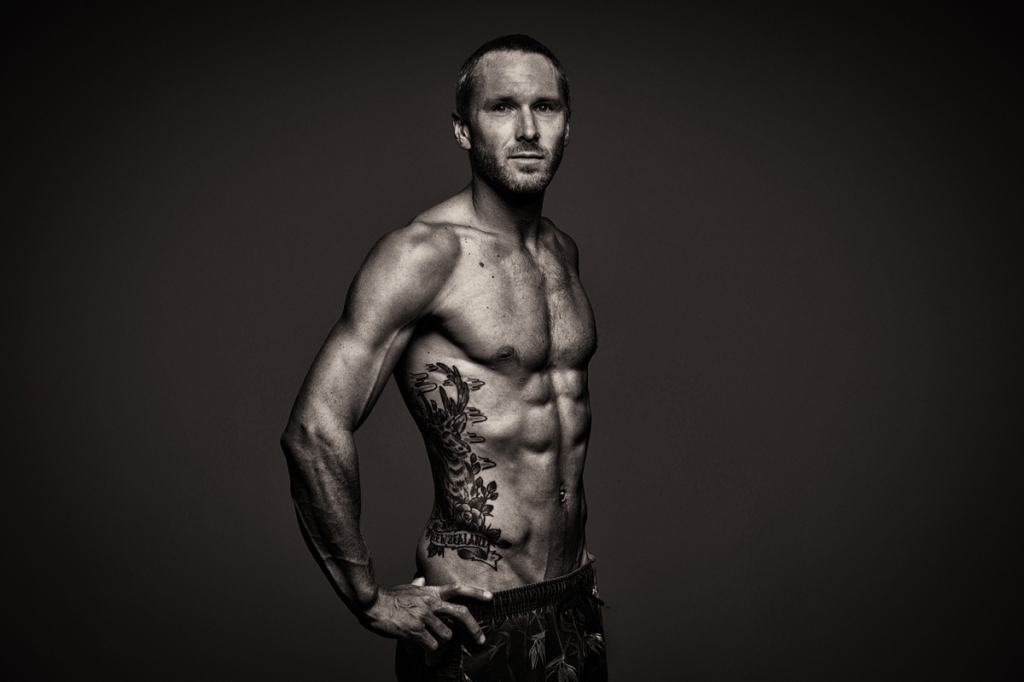

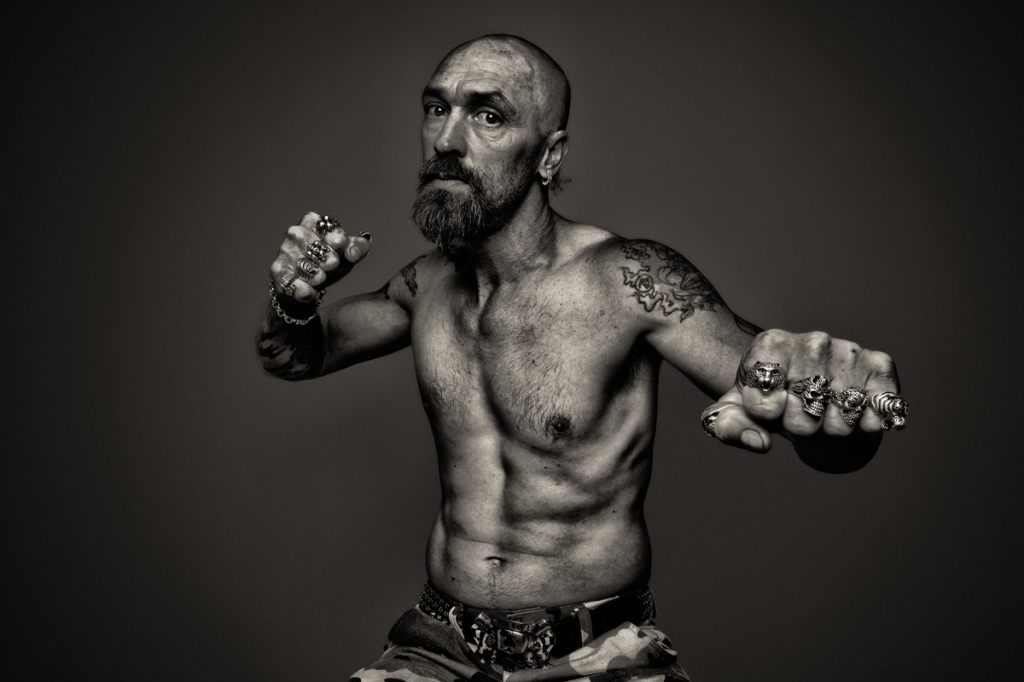
There are quite a lot of men with tattoos. Are tattoos common in New Zealand?
I think that people who wear tattoos tend to be more extrovert than the average person and more inclined to show off their body art. A tattoo is a powerful personal statement about one’s life, traditional heritage and personal style.
Why did you call this series ‘Bare Truth’? What truth are you seeking to address or reveal?
When I looked at that first photo of my friend before he went overseas, I was moved and inspired. I realised that we attach a deep meaning to a person’s facial expression. It takes us a fraction of a second to judge someone. It’s fascinating to think how quickly and subconsciously we form that opinion based solely on physical appearance: this person looks confident, that person looks depressed, or dangerous; calm, happy, sad… Photographed without the shield of clothes, without those things that signify social standing or personal taste, these images provide an unexpected and enlightening opportunity to see the real people behind the façade. We are all flesh and blood; and we are here on this planet for a short period of time. This project simply reminds us of how fragile we are.
The title ‘Bare Truth’ implies that our face reveals the truth, we cannot hide it. It is also a play on words as the men are naked from the waist up. I think that a meaningful title helps people identify with its purpose. And for some of the more modest or shy subjects, it gave them the courage to expose themselves in front of the camera.

These images have a strong aesthetic signature. How did you achieve that sharpness of detail and clarity of texture?
I use a single source of illumination employing a ‘beauty dish’, which wraps the light around their body in a very distinctive way. [A beauty dish is a photographic lighting device that uses a parabolic reflector to distribute light towards a focal point, which adds a more dramatic contrast to the subject. The light created is gentler than that of a direct flash but more directional than with a softbox.] I bring the light as close as possible to the subject’s face. This creates a directional illumination with deep shadows under the eyes, nose and neck, emphasising every crease in their torso.
My aim is for the images to have the reassuring directness of a classic, in-camera capture. I want to emphasise the truth of the image in an era when people are losing faith in the honesty of the medium. I simply process the digital photographs to enhance their skin texture. This is done using Photoshop with the Silver Efex Pro plugin by Nik. That heightening of contrast helps to create a sense of drama, lending to the series a unifying style that emulates analogue lithographic techniques.
It is very important to me that there is a catchlight in their eyes, so I carefully set the beauty dish according to their height and enhance the highlight manually if required.
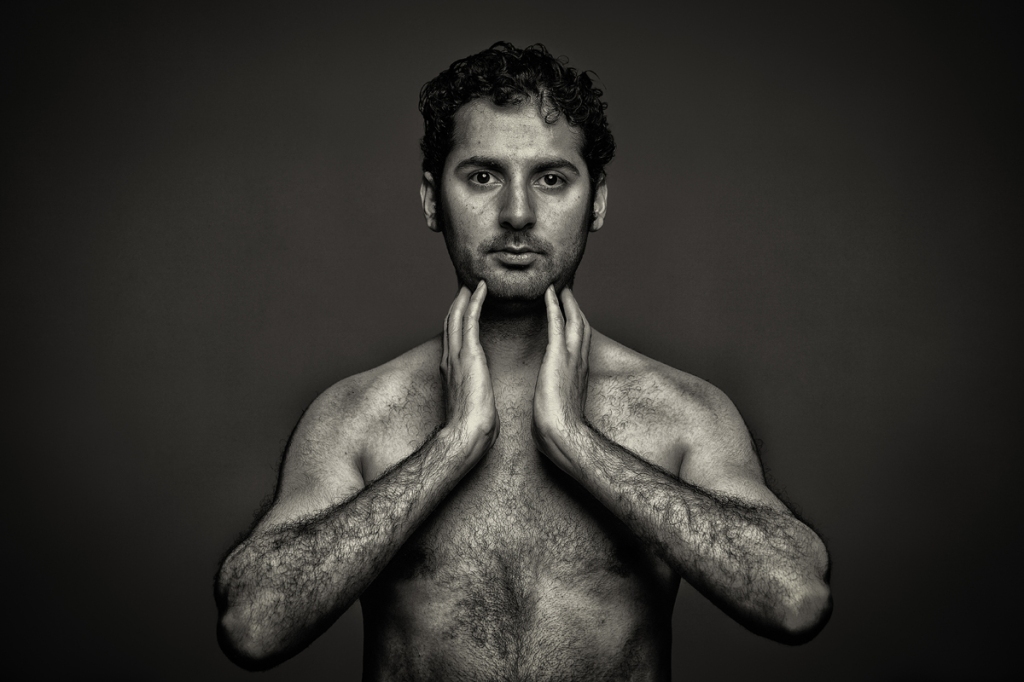
Although these are images of the whole upper body and head, you have talked about the importance of the eyes.
As the proverb says: eyes are windows to the soul. The look in someone’s eyes is very meaningful and we immediately interpret it, often subconsciously and always subjectively. Much of our interpersonal communication is not verbal. When we shake someone’s hand we look them in the eye and, subconsciously, judge if we can trust them. The strength of this series lies with the directness of each man’s gaze. It affirms integrity and honesty – hence the title: ‘Bare Truth’.
We tend not to judge men by their bodies. There is a degree of vulnerability in posing without a shirt, especially if one is not young and athletic.
I admire the bravery and humility of the men who agree to participate in this project. Some are young or lean while others are fat or old. The strength of the portfolio lies in how similar the photographs are in terms of pose and lighting, while, at the same time, very different in terms of subject.
How did the men you photographed respond to seeing their photograph?
Most men appreciate the final image, but some find the dramatic way in which their skin texture is enhanced really confronting. One man who posed said he would never show his photograph to his wife as he did not want to frighten her. But then another man was so proud of his portrait that he posted it on social media! He told me that he had found the process of standing in front of the camera was liberating – a sort of catharsis. He said that he used to hate his body; being a part of ‘Bare Truth’ had helped him on his journey to accepting it.
For the most part, the men who pose really do seem to appreciate the experience. The shoot is an opportunity to spend time together and listen to their personal stories. I ask them about their scars, their tattoos, what they do for a living and so on, and in this way we become more acquainted.
You have said that one of the goals of this project is to raise awareness of the challenge men face when dealing with emotional vulnerability, and the problems of stress and depression they can feel as a result. Can you explain what you mean by this?
Many cultures portray men as strong, physically and emotionally. This stereotype sometimes leads to adverse outcomes, made worse by the way men typically fail to seek medical help for symptoms such as depression, stress and anxiety. One of the goals of this project is to raise awareness by showing men expressing complex emotions of strength and vulnerability, confidence and anxiety. Some carry on their bodies tattoos which help remind them of loved ones that passed away or scars that mark an accident or surgical operation. These are significant markers that give them strength on a daily basis. I think that we all look for a meaning in life and in our relationships one with another. Taking part in a project shared in common can make us feel part of the community.
Images can be valued on many different levels: artistically, as evidence, in terms of the questions they raise or challenges they provoke. What would you identify as the most important aspect of this work for you personally?
I think that this project helped me develop a distinctive artistic style, a personal visual language, which is very hard to do in the field of photography. In turn, it has enabled me to create a unique body of work of which I am very proud. The process of making the images in this series has made it possible for me to meet people who are completely outside my social circle; people who I would never meet under other circumstances.
I keep looking for suitable people to photograph. This means that I remain more present in the moment and in the place; observing people around me and seeking opportunities. It also helps me connect with people. In the process of approaching potential subjects for my photographs, I have been able to learn how to engage people, to read their body language and, in many cases, to face rejection.
What have you learned about yourself in the process of making these images?
If you have the confidence to try something, you may well succeed. If you do not, you will surely fail.
Ilan Wittenberg was born in Israel in 1963, emigrating to New Zealand in 2001. He has a Bachelor of Science in Industrial Engineering and a Master of Business Administration in Information Technology. Having worked in these areas for thirty years, he moved into photography in order to realise his passion for visual expression. He quickly established a reputation as a skilled and creative practitioner, winning dozens of accolades including both the portrait and the overall prizes at the 2018 Sony Alpha Awards. A Fellow of the New Zealand Institute of Professional Photography (NZIPP), his work has featured in many gallery and festival exhibitions including Head On Photo Festival in Sydney, Australia, and the Signature Program of the Auckland Festival of Photography in New Zealand.
This article was first published in Chinese, in the May 2019 issue of PhotoWorld magazine, Beijing. The theme for the year was Ways of Seeing.
Roko
Lai
Gareth McGhie
Ko Te Mata te Maunga, Ko TukiTuki te awa, Ko Gareth McGhie Toku Ingoa.
I am an Artist and Carver from Wellington NZ although I am originally from Hawkes Bay, Te Whenua o Ngati Kahungunu.
I am the product of my ancestors and the sum of my life experiences so far.
Although my Tattoo work does not define me, it illustrates that ancestry and those experiences.
It is my responsibility in life to make good use of the gifts I have been given and to try as best I can to pass those on to others.
Mauri Ora!
Maharatia Clarke
The tattoo (Tā moko) on my left shoulder, gives me the strength to stand tall and take pride in what I do. With my family on my chest and my iwi Tainui, I will make my mark here in this universe and be sure to make my presence well known.”
Iwi are the largest social units in Aotearoa Māori society. The Māori-language word iwi means “people” or “nation” and is often translated as “tribe” or “a confederation of tribes”.
Borche
“Before coming in New Zealand I worked as a special counterterrorism operator. I am from Macedonia, a small country that many people do not know exists even though it was considered a great world power before Christ, led by Alexander the Great. I spent 28 tough years of my life and I do not regret it, as Frank Roosevelt said “a smooth sea never made a skilled sailor”. I served my country for 5 years being part of the most elite “Special Task Unit”. Its main tasks are counterterrorism, resolving hostage situations and raid into facilities. I was also a part of the diving team, searching the underwater terrain, downers and objects of crime. In 2015 we had a terrorist attack that killed 8 of my colleagues and wounded 36. That was a wake-up call for me to start a family. I got married in 2015 and by 2016 my son was born. As the time was passing my private life started to get influenced by my work and that was the last thing I wanted. In 2017 my wife and I decided to leave the country to start a new life which will benefit us, and most of all our son – we purposely chose New Zealand. We have been living here for two years now, although we feel like whole lifetime. Here I have many opportunities and for me the mission is not over, because only the brave are followed by fortune…” Check out the Bare Truth series to see more.

